|
Just as last year was unusual for the Quad City Arts Metro Arts Youth Apprenticeship Program, the summer of 2020 also was unique. Far fewer students – ages 15 to 21 – participated in fewer projects, and they wore face coverings and practiced social distancing. That does not mean that the two outdoor murals and improvisational comedy they created were any less meaningful, important or impressive. “Every Metro Arts site has a collection of masks available, if the student either doesn’t have one or has forgotten theirs that day, so we can make sure we’re following the social-distancing guidelines and keeping everybody safe,” Quad City Arts executive director Kevin Maynard said, noting the lead artists also wore masks. “I don’t think that our social distancing guidelines have hindered the process or progress on any of these projects,” he said. “It has limited the number of apprentices. Most sites typically have 10 apprentices and a lead artist, but with the (Illinois) guidelines in phase 3 being no groups larger than 10, we did have to cut an apprentice from each project.” Compared to 2019, when there were about 90 apprentices doing projects throughout the Quad-Cities in the spring, summer and fall, this year about 30 area youth were provided with five-week paid summer apprenticeships. These apprentices create projects that positively impact our community: a mural in Moline, improv comedy, and a mural in Rock Island. These projects were made possible through support from the City of Rock Island, Friendship Manor, Modern Woodmen of America, The Moline Foundation, and Renew Moline. Since summer 2000, Metro Arts has provided youth ages 15-21 with paid summer apprenticeships in various arts disciplines. They work together in groups to complete projects that enhance the community through the arts. Participants learn artistic techniques and applications of their genre while developing personally and professionally. This program allows young adults to develop new career and artistic skills, build self-confidence and creates a sense of accomplishment as they work under the supervision and mentorship of professional artists. Their mentors are accomplished, local artists who are passionate about teaching and encouraging creativity. The first Metro Arts in 2000 was modeled after the successful arts-education and job-training program Gallery 37 in Chicago, which launched in 1991 with a concept that spread to cities across the nation. Metro Arts 2000 was headed by visual artist and project coordinator Lori Roderick. A former artist-in-residence at Quad City Arts, she supervised a professional faculty of five, along with 69 students from 21 area high schools that year. Students (who then were paid $5.50 an hour) had to list two references, but didn't need to have any previous job experience, and there were no artistic criteria. That first year (like in 2020), the projects included improvisational comedy and painted murals. It also included a ceramic tile mural and show choir, and subsequent years the dazzlingly diverse program has featured more murals, poetry, dance, jazz, playwriting, sculpture, creative writing, voice, mosaics, graphic novel, percussion, micro-fiction, graphic design, mixed media, and photography. Since the beginning, Metro Arts has served 1,140 students and produced 96 varied projects. “This year, we obviously knew it would be a lot smaller – there were no spring projects with the pandemic going on,” said lead artist Sarah Robb of Davenport, who led both new murals, at 1516 6th Ave., Moline, and on three sides of the Friendship Manor maintenance building, at Rock Island’s 11th Street and 21st Avenue. In her 14th summer leading Metro Arts, she worked with eight young artists daily in Moline in the morning for four hours and nine in Rock Island in the afternoon. If painting close together, the students were required to wear masks or face shields, and unlike previous years, did not share paint or buckets with water to rinse brushes. Masks were provided in case students forget to bring one, as well as hand sanitizer, water and sunscreen. A classy, colorful landscape The mural in Moline is in the courtyard on 6th Avenue next to La Primavera, on the wall of Bajas Classy Resale, a women’s clothing store across the street from the mural Robb led in 2018 for the Child Abuse Council (which was supported in part by Quad City Arts’ Arts Dollars, but wasn’t a Metro Arts project). The new mural (called “It’s a New Day”) is the first Metro Arts project in the city of Moline, supported by Renew Moline and The Moline Foundation. Specifically, The Tom and Karen Getz Memorial Fund was established at The Moline Foundation to support and promote civic pride, youth development and the arts. Tom and Karen served and led innumerable community organizations with energy, commitment, and heart. “It has a positive message during this time – hopeful, a lot of color,” Robb said. The students at both locations have been “troupers” and seamlessly adjusted to the circumstances. The Moline mural will have a ribbon-cutting Friday morning. “Once they’re working, they’re in their own world,” Robb said. “We just look different because we have masks on. They all get it, have been cooperative and thankful they still have the opportunity.” “The best part is the community of other artists, and we get to know their style and connect it to make one piece,” said senior Moline apprentice Rebecca Quick, a 21-year-old Moline High alum who attends Monmouth College. “We’re sweating like crazy, but keeping our distance and we’re making it work.” “There have been a lot of changes due to the virus, but obviously things aren’t that different,” said Kamryn Linskey, a 2020 Sherrard High grad who last year did Metro Arts at the MLK Center in Rock Island. “It’s definitely the same amount of fun as last year. Working with Sarah, it’s been awesome.” Since Friendship Manor is a larger project, which involved nearby Olivet Baptist Church, Robb took a break and started another five weeks in late July with a new group of a dozen apprentices to finish the building. “That was by design, because it is such a large project, we split it up into essentially groups and two projects,” Maynard said, noting stipends for the apprentices are $500 each; $750 for the senior apprentice, and $2,000 for lead artists. “Most of the cost for the mural goes into the labor and materials. We do have a small administration fee, which is around 9 percent of the total cost. We typically ask building owners to come up with some of those funds,” he said, noting they typically pay at least $4,000 and an average mural costs around $10,000, based on size and number of apprentices. In 2018, Robb led the painting of the Child Abuse Council wall facing 6th Avenue in downtown Moline between 15th and 16th streets and a new mural for Moline’s Floreciente neighborhood at 8th Street and 6th Avenue. The CAC mural caught the attention of Pam Fisher, who owns the Bajas building, which led to the creation to that new mural. Robb in 2018 also helped a friend and fellow muralist, Heidi Sallows, paint the wall outside Fred & Ethel’s antique store at a new Rock Island pocket park at 30th Street and 14th Avenue. She first partnered with Sallows in 2010 on the huge sea-themed wall of Cabanas at 2120 4th Ave., Rock Island. The two led several 2019 Metro Arts murals throughout the Q-C, including at the Quad City Symphony office at 4th and Brady streets, Davenport, and street murals throughout Bettendorf. Bringing the funny outdoors This summer’s three-student improv comedy group met daily at Schwiebert Park in Rock Island and was led by Erin Mahr, a Rocky grad who did improv with Metro Arts in 2002. “So it’s fun to be on the other side now,” she said. “At the time, I didn’t think I’d ever teach it. I had so much fun learning improv games at the time, and I thought it was a great opportunity to earn money while learning a fun skill like improv. I enjoyed ComedySportz, learning the different games and skills there.” Mahr was in ComedySportz from 2010 until last year, when it disbanded, and is a performer with G.I.T. Improv. This year, with students masked, “It’s been an interesting year,” she said. Mahr was co-lead artist last year with Patrick Adamson, at Rock Island’s former Establishment Theatre, now owned by the Center for Living Arts. They’re outside this year, partly to be safer health-wise. “In improv, you have to work more with body language, being able to hear and understand each other,” Mahr said. “The apprentices have done a wonderful job of adapting and making the most of their experience, given the situation.” Improv comedy translates to everyday life skills, she said. “It’s great for public speaking; it’s a great confidence builder, even just social skills.” “What I enjoy most about the improv program is the fact that I get to do something I love every day, and I also get to make new friends that otherwise wouldn’t have existed,” said Teddi White, 18, a new Bettendorf High grad in her second year of Metro Arts. “It’s a little difficult working with masks for a few reasons. It gets very hot very quickly, it’s harder to enunciate, and it’s harder to tell other’s facial expressions.” “I love improv because it’s really flexible and free,” she said, noting she first did improv about eight years ago in a class at Davenport Junior Theatre and has been to multiple ComedySportz shows. A virtual showcase Covid also forced changes in how Metro Arts presented its annual showcase – virtually this year, which was on July 9 (on Facebook and the Quad City Arts YouTube channel). “In a typical year, we’d have every apprentice in the same room, on stage, with their friends and family, talking about the projects they’ve completed and showing some pictures,” Maynard said. “That’s not an option this year, so we’re bringing 3-4 people from each group to talk about their project. We would bring on everybody, but we are limited in how many we can have in the program we use, at one time.” There is an additional Metro Arts project planned this fall in downtown Davenport.
Will it even be a real holiday season without the beloved Festival of Trees? The Quad City Arts tradition and largest fundraiser of the year planned to celebrate its 35th year in November, with “Believe,” but the unbelievable year of 2020 and Covid-19 forced us to re-imagine the in-person festival, as many events have been canceled throughout the year. In July, we made the difficult decision not to host the 35th-annual Kwik Star Festival of Trees in person due to uncertainty and concern for the safety of volunteers, staff, and community as a whole regarding the Covid-19 pandemic. The Holiday Parade and all other special events will also not be held this year. This decision was led by Festival of Trees volunteer management team with the full support of the Quad City Arts’ staff and board of directors. “This truly was a difficult decision,” executive director Kevin Maynard posted on Facebook. “The team worked this from every angle, but in the end, we kept coming back to the health and safety of our community. “It takes 3,000 volunteers to make the Festival of Trees happen,” he said. “Over 30,000 attend annually. Thousands crowd the streets of Davenport for the Holiday Parade. It will be missed this year but will come back stronger next year.” In lieu of an in-person event this year, we are partnering with KWQC to present a fun-filled one-hour Holiday Special to air on Saturday, Nov. 21st during the traditional parade hour, and are asking the community to partner for a Day of Giving on the same day. The TV special event will consist of coverage from past parades, Center Stage acts, messages from staff, volunteers, and community members as well as a message of hope from Santa himself. Our goal is to set up matching donors and sponsors who will help make donations go farther. We know VIP Baskets are a crowd favorite at Festival of Trees, so they will be returning this year, but with a new twist. We invite the community to join us for this special day of support and celebration that we hope will fill everyone’s hearts with holiday cheer. In addition, there will be select designs and items available for sale at the Quad City Arts Rock Island Gallery (1715 2nd Ave.), along with other favorites like the Honor Tree and Isabel Bloom ornaments available for purchase. We know many will still want to commemorate this year in their collection and honor loved ones with a personalized ornament. Interested in being a designer? Visit qcfestivaloftrees.com. Festival of Trees – the largest fundraiser of the year for the organization -- started in 1986 with a small group of volunteers that believed in the impact of the arts. They set out on a mission to support bringing high-quality artists right here to the Quad-Cities, inspiring a generation of students and families through access to the arts. That first year, their purpose was twofold: First, be a community celebration of the holiday season. Second, raise funds for the Visiting Artist Series, which first began in 1974 as its own organization. Over the years, Festival of Trees has not only continued to be a major supporter of the Visiting Artist Series and Quad City Arts, but it’s also become a staple in the Quad-Cities as the unofficial kickoff to the holiday season, bringing together hundreds of sponsors and tens of thousands of supporters to experience the magic of the festival at Davenport’s RiverCenter. Festival has raised over $5 million in support of local arts and has been recognized as one of the Top 100 Events in North America. It typically takes 3,500 volunteers, 650 designers, 3,500 CenterStage entertainers and over 100 sponsors to make Festival of Trees happen each year. More than 100,000 people experience Festival of Trees annually, making it one of the largest community attractions in the Quad-Cities. Longtime volunteer loves the Festival It's been a passion of former longtime Moliner Marty Huber since the start. She and her husband Don lived in Moline 53 years, and they built their dream retirement home five years ago on 60 acres in Kalispell, Montana, to be close to their younger son and his family. They moved there full-time last year; she was a consultant for the 2019 Festival, and Huber planned to return to see Festival of Trees this year. She got involved in the event because of the Visiting Artists program. In the mid-1980s, Huber served as Cultural Arts Chairman for the Moline Schools PTA, which would give a small donation to the Visiting Artists. Huber wanted to find out more about the program and she started volunteering to plan and be part of Festival of Trees before the first event in 1986, which brought in a visit from legendary actor Cary Grant (who suffered a stroke and died in Davenport, at age 82). “Why? Because of the Visiting Artists, that has been my whole thing,” Huber -- who co-chaired Festival in 2004 -- said recently. “I believe in the project, the program, how it gets artists in the schools. If there’s a kid you can make excited by some form of the arts, rather than the rectangular thing he holds in his hand, that’s the goal.” “We’ve never hosted artists in our home, but we’ve driven them all over the place, ran errands for them,” she said. “We all have foundations and charities we believe in. No matter where we go, for our Quad-City community, it’s a fantastic thing.” In Montana, they have seen some outstanding artist programs, but “not on the same caliber of Quad City Arts,” Huber said. “We aren’t really big donors, but we do what can do to offer support here and there,” she said. Huber did a bit of everything for the Festival over the years, including co-chairing the gift shop for 11 years, what used to be the Zoo Tree (with stuffed animals) for five years, and she was an on-floor designer, and got a few ribbons for her designs. Because she had a background in retail sales, she gravitated toward the gift shop. For each item she and her co-chair bought for the shop, someone had to open the box it was in, mark it for price, re-box it, store it until the time of the festival, open the box, then put the item on display. At the end of festival, an inventory had to be made, and items that did not sell had to be re-boxed, put on a truck and stored until next year. Another job Huber had was being in charge of the Zoo Tree, now the Toy Tree. The plan was to collect 1,500 plush animal toys, put them on a 25-foot tree as an attraction and then at the end of the festival, distribute the animals to children in need in the area, with the help of its sponsor. Through the years, Huber also served on the festival management team, the judging team and worked on the parade. “Every sponsor I’ve had, they believed in Quad City Arts,” Huber said. “Everybody is in the same kettle of fish this year, with their events closed, they’re going to pick and choose.” In past years, she has treasured seeing the creativity of Festival, “seeing the sparkle, seeing all the designs on the floor -- from small ornaments, stockings, doors, hearth and home, room – I’ve done most all of them,” Huber said of designs, noting one year she was part of having a red tractor on the floor. “We got a tractor group from the parade, and talked them into doing a room, and walked out with a first-place room design ribbon.” She has been among at least three volunteers who have worked 30-plus years for the event, including Pat Wohlford (who’s married to artist Bill Wohlford and daughter Dawn is Quad City Arts visual arts director) and Carolyn Hamilton. “One of the things we all say about it, it’s the people,” Huber said of why they volunteered. “Maybe you don’t see them much during the year, but we come together for the month of November. It was hard last year not being there. When you move, you move.” “It’s a precarious position to be in,” she said of this year’s uncertainty. “The main concern is for the safety of ourselves, our guests, and our visitors. It’s the friendships. I have some really good friends with Festival. “We’ve been in it through thick and thin. It’s been fun – it’s been challenging, been rewarding,” Huber said. In past years, she noted: “A lot of my friends, they would say, ‘you’re still doing Festival?’ Yeah, Quad City Arts, the Visiting Artist program is still going, still needs help. I might not do as much, you never say never. I’m not going to quit, even though I’m thousands of miles away.” Passionate about the parade and arts Erin Platt of Davenport has been involved with the Festival of Trees Holiday Parade since its inception. In 1992, Quad City Arts started the parade and she wrote articles for the Festival Times newspaper insert to gain additional community involvement for her resume. Platt interviewed the first parade director, Donna Dobbs-Goldberg, about producing a parade of that magnitude, and wrote on how the helium balloons were constructed. “I was so excited on parade day itself to see it come to life. There was so much enthusiasm surrounding it in the community,” Platt recalled. “I watched from the sidelines as the helium balloons, bands, floats, and dance squads went by the cheering crowds. A light freezing rain started to fall toward the end, and I was very relieved the balloons had made it through the route without incident because – as I learned during my interview with the balloon company – a heavy enough ice pellet could potentially cause damage to the fabric.” She helped compile the script for the hour-long KWQC-TV6 live broadcast, which Platt went on to do every year since. That entails making sure every single parade entry has key information included, so that the anchors can talk about it as it appears on the TV screen. “I typically turn over the script early in the week so that the anchors and producers have time to study it and become more familiar with the entries by Saturday. On parade day, I monitor the entry staging area to get a visual of the entries before the broadcast starts to be able to relay it to the producers,” she said. “Most people don’t realize that what they see on their television screen during a live broadcast is not necessarily what the anchors and other production team members see due to the large number of monitors and camera angles needed for the broadcast,” Platt said. “One year I was frantically running down the street and shouting into my walkie talkie, ‘Where is Underdog!?!?’ “The units got unintentionally swapped coming out of the gate, and while the cartoon character’s balloon script was showing up next, there was no giant Underdog to be found in our view,” she said. “I also can serve as a relay between the production truck and the route management team to speed up or slow down the parade to fill time going into or coming out of commercial break.” “There are hundreds of volunteers tirelessly handling the behind-the-scenes details to bring the parade and the entire Festival of Trees to life for our community,” Platt said. “I have an enormous sense of pride being involved with something of this magnitude. We’re elevating arts funding but in such a way that brings joy to families, boosts our economy, and shows off our region by attracting backyard and out-of-town tourists alike.” Quad City Arts engages more than 350,000 people in the community with nearly 400 quality arts performances and activities annually. We take the art to the people by presenting performing, community and visual arts opportunities in our bi-state, six-county region. The Festival all started with that group of people who believed it was possible, and they chose the theme for this year, “Believe,” in January 2020, not knowing what the next several months had in store, but we are invested in continuing to believe in the mission of Festival of Trees as a community event and fundraiser for Quad City Arts. With that in mind, we hope to bring the spirit of Festival of Trees to the community this year through this one-day special event in support of the arts. The health and wellness of our community is, above all else, our first priority and we truly believe that the spirit of Festival of Trees will be preserved this year through community connection and a commitment to supporting the arts. Because of the public’s support, Quad City Arts is able to bring artists into classrooms, inspire young people to pursue a career in the arts, pay artists for their work and make the Quad-Cities a more beautiful place to live. On this Day of Giving Nov. 21, we are inviting the community to come together to share a little bit of holiday cheer and give from the heart in support of the arts.
The Quad City Arts Visiting Artist Series has been an inspiring, educational component of our sprawling community outreach since it launched in 1974. Through the generosity of our supporters and funding partners (especially Festival of Trees since 1986), we’ve been able to bring in over 700 artists, 450 residencies, 10,200 school visits, more than 420 concerts, and almost 2.7 million reached. Winner of the 1999 William Dawson Award for Programmatic Excellence, from the Association of Performing Arts Presenters, this nationally recognized residency program has brought distinguished artists and ensembles to Scott, Clinton and Muscatine counties in Iowa, and Henry, Mercer and Rock Island counties in Illinois. “For many years, the core programming for the Visiting Artist Series was the all-school assembly, where the whole school gathered in the gym or auditorium for a 45-minute performance,” said Margot Day, who oversees the program for Quad City Arts. “While that’s still an option for our artists in residence, we’re seeing more options for master classes and workshops from our artists, and interest in other types of artist engagements, like lectures and meet-and-greets,” she said. “Most artists will tell us toward the end of the residency that they wish there was a program like this when they were growing up,” Day said. “They can see the benefits for the students and the community. A few artists tell us that they remember a school visit by a performing artist, and the impact it had on them as students and performers. It’s a really gratifying response for us to receive.” “I have had the pleasure of being present when people (young children through nursing home residents) had the unique experience of witnessing, not merely viewing, but being in the room with highly acclaimed artists as they shared their artistry,” said Carmen Darland, CEO of Quad City Arts from 2008 to 2018. “In schools, the performing artists explained how excellence is achieved (persistently hard work, determination, believing in yourself and never giving up). This message crosses every aspect of our lives, beyond the arts,” she said. Quad City Arts also convenes artists, and those who value their experiences with diverse genres of artistic endeavor, in numerous ways. Participants (visual artists showing in the galleries, Metro Arts students, chalk art participants) get to explore their talent in a supportive way that encourages future appreciation if not participation. Darland said Quad City Arts consistently has showcased positive aspects of creative life locally and the visual and performing arts to various segments of the population who might not otherwise encounter such opportunities. A personal Visiting Artist highlight for her was when multiple Grammy winner Nnenna Freelon was in town for a two-week residency and was in great demand. Her schedule was full so when a nonprofit group working with foster teens wanted to see her, the rehearsal for her final concert was the only time available. “I met the teens and their adult leader and seated them in the darkened theater as Nnenna worked with her musicians who had flown in for the concert that night,” Darland recalled. “When finished, she asked the students what their interest was in music. One girl replied she likes to compose; Nnenna invited her to the stage to ‘show what she’s got.’ The teen belted out an original a cappella song with skill, poise and grace. When done she turned quickly to exit the stage, Nnenna ordered her back to her side, took both of her hands in hers, looked in her eyes and said ‘Girl, you’ve got what it takes! You’ll do anything you want to and you’ll soar!’” “My tears affected my ability to get my phone camera clicking,” Darland said. The Visiting Artist Series typically brings over 200 outreach performances a year with artists of international acclaim to the Quad-City region, offering community members the opportunity to see professional performances by nationally touring artists. One- to two-week residencies provide in-depth and often repeated contact between the artist and audience. Outreach performances take place mostly in schools, but also at business locations, social service organizations, and public facilities. Most residencies conclude with a public performance in a traditional concert hall. Former Davenport Community Schools superintendent Art Tate said of the series in 2013: “We believe in extracurricular activities that engage our students in the educational environment. We also believe that we must never limit our students…Exposure to the arts broadens their horizons and, for some students, their interest in the arts may lead them to a deeper engagement in other areas of study." "The program is very valuable for our students," Deb Singley, assistant superintendent in the Moline school district said that year, noting Quad City Arts covered at least 75 percent of the cost of every visit. "Students are exposed to cultures, genres, instruments and professions that they would not have had the opportunity to experience and appreciate without these presentations," Singley said. "Many times, the artists share personal stories of their own experiences and background that inspire the students to work hard, practice, be open-minded and to follow their dreams." She said principals, teachers and students have told her the artists "are the most appreciated performances or assemblies of the year. These performances are certainly experiences that we could not provide for our students without the coordination, dedication, and financial support of Quad City Arts." Jeff Martin, music teacher for the Rock Island Center for Math & Science, said: "Our students get to experience performances that many of them would otherwise never get to see." In some cases, "they find out that they really like certain genres of music that they didn't think they would," he said. "It is extremely important to have these artists perform for, and interact with, our students. It shows our kids what hard work, determination and passion can produce in one's life. "Most of the artists we have had at our school are very passionate and dedicated to their craft and this comes across to the kids as they listen to the performance and to the comments that are made by the performers," Martin said. "Most of the artists make what they do look easy, but they talk with the kids about their education, when they started learning their skills, who influenced them, and how often they had to practice to get to where they are now," he said. "Kids need to know that it takes hard work and drive to achieve as a performer. I think these visiting artist experiences give the kids a glimpse of this and, I hope, may inspire some of them to want to do the same as they grow up." “There’s no other series like the Visiting Artist Series anywhere in the country,” said Susan Wahlmann, former Performing Arts & Arts-in-Education Director for Quad City Arts. “Other presenters sponsor short-term residencies a few times a season in conjunction with a main-stage concert, but no one else hosts the number of residencies or reaches as many sites as we do in a season. “It wasn’t until I started directing the series in 2003 and attending nationwide booking conferences that I realized we're the only ones who have been doing this for so long.” Quad City Arts has a vision of reaching every student in Scott and Rock Island counties through the Visiting Artist Series, with at least one arts or cultural experience a year. So far, we have reached 70 percent of this vision. Among the many outstanding artists who have had Q-C appearances include:
Some of the biggest names to visit the Quad-Cities, through the series or Festival of Trees, have come about because of the fateful 1986 appearance by legendary actor Cary Grant – which put Davenport on the map worldwide. The 82-year-old movie star died after a massive stroke on Nov. 29, 1986, suffered while staying at the Blackhawk Hotel. Grant was scheduled to give a talk at the Adler Theatre as part of the first Festival of Trees, but was unable to go on. "People who had bought tickets were offered refunds, but most people let the money stay, and his widow didn't take his fee," Darland said of a residency started in 1986 in Grant's name. Funds paid for several artists to visit and perform here since the 1987-88 season. The purpose of the Cary Grant Residency was to present theatrical artists in memory of Mr. Grant, according to Quad City Arts. Participants have included Joan Benny, daughter of Jack Benny; Colleen Dewhurst; Lawrence Luckenbill; Robert Cohen; Robert Falls; Seattle Mime Theatre; Guy Davis; Anna Deavere Smith; Edward Albee, B.D. Wong, and film/TV actor John Getz (a Moline native) in November 2011. Marty Huber, a longtime Moliner who now lives in Montana, volunteered for Festival of Trees before it began because of the quality and impact of visiting artists. “That has been my whole thing -- I believe in the project, the program, how it gets artists in the schools,” she said. “If there’s a kid you can make excited by some form of the arts, rather than the rectangular thing he holds in his hand, that’s the goal. Festival raises money for the Visiting Artist Series program. “We’ve never hosted artists in our home, but we’ve driven them all over the place, ran errands for them,” Huber said. “We all have foundations and charities we believe in. No matter where we go, for our Quad-City community, it’s a fantastic thing. In Montana, they have seen some outstanding artist programs, but not on the same caliber of Quad City Arts.” The Performing Arts Signature Series, also known as PASS, is Quad City Arts’ premier subscriber series featuring select performing artists from the Visiting Artists Series. The season usually consists of six parties from September to April. Parties are hosted at unique venues throughout the Quad-Cities. Subscribers enjoy an evening of hors d’oeuvres and cocktails along with a performance followed by Q&A and chance to meet the artist. Kathleen Medhus and her husband Glenn, now in their 90s, have been subscribers to that series since the beginning, founded as Vanguard. They hosted a half dozen parties over the years. “The group has provided exposure to so many school children who otherwise would not know that world existed -- experiences to cling to,” Kathy said of Visiting Artist Series. She treasures a long-ago memory of a subscriber party at the Gold Room at Hotel Blackhawk. “The trumpet players came after us and escorted us to the dinner event with the Getzes (Tom and Karen) on the lead. The dining room was exquisite,” Medhus said. “I still remember the centerpieces! Tall -- like 16-inch tall, slender vases -- of white flowers and of course candles. I remember somebody gave us a centerpiece to take home once. We went every year to this event.” They value the program so much that they both have life insurance policies in the name of Quad City Arts, to benefit their mission, she said. In the last school year, the artist series reached 24,649 K-12 students in the region. This total would have been higher, but the season was shortened when the last two residencies were cancelled due to the coronavirus. The schedule and scope of the 2020-21 Visiting Artist Series will be announced soon.
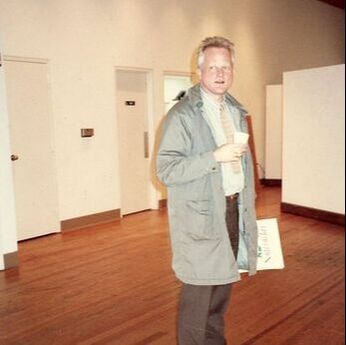 Lloyd Schoeneman at Quad City Arts, 1996 Lloyd Schoeneman at Quad City Arts, 1996 The legacy of an influential early Quad City Arts leader lives on in countless local artists, art supporters, and a huge sculpture in one of the area’s most beautiful parks. Lloyd Schoeneman began working for Quad City Arts in 1978 as a resident artist, teaching art to many groups including children, the elderly, the disabled and the incarcerated. He worked for Quad City Arts for 22 years, including as executive director of the Quad City Arts Council when the organization, along with others, merged and become Quad City Arts in 1988. He pioneered several of the council’s early visual art outreach programs, working in the local prison and other sites to educate people and lead them in art making. “Lloyd was an incredibly creative individual,” according to the organization. “You never knew what to expect from him. His love for art was matched only by his passion for baseball and devotion to his family and community. He even considered a run for city council at one point. “Lloyd introduced the concept of community-built art to the Quad Cities, organizing design charrettes which resulted in the Navigation Steps at Leach Park, the Nature Spiral at Illiniwek Park and the Lindsay Park Architectural Sculpture Park.” He served as the Director for Public Visual Arts & Community Liaison at Quad City Arts, and was instrumental in founding several arts organizations, including the Open Cities Film Society, Kaleidoscope (an art program for children at Augustana College), A Very Special Arts Festival and the Quad City Presenters Group. At Quad City Arts, Schoeneman had a key role in creating the Metro Arts summer youth employment program and the Arts Dollars/Access regranting program, funding individuals and groups to create community arts projects. He was the administrator for the Face the River sculpture project. Schoeneman died Aug. 17, 2001 from cancer, at age 49. He and Megan Quinn, Augustana art professor, who specializes in ceramics, were married 13 years. She has been a longtime member of Quad City Arts’ visual arts committee. She also led a Metro Arts group of students in creating a mosaic for the sculpture in Schoeneman’s honor, first installed in Rock Island’s Schwiebert Riverfront Park in 2010. “It's fabulous," Quinn said at the 2016 ribbon-cutting for the 20-foot tall sculpture, “Lloyd’s Trek,” made of concrete, copper and steel, with one leg covered with mosaic tiles. It’s a contemporary representation of a person walking and weighs roughly 10,000 pounds. Design for the memorial piece evolved over five years of meetings with community members, friends and Schoeneman's family, including Quinn. Stuart Morris, the memorial's sculptor, was an art professor at the University of Wisconsin-Stevens Point and was chosen by Schoeneman and Quinn, before his death. The design — which incorporates greenish waves in the middle section, evoking the river — was approved by Schoeneman's family, a committee overseeing the memorial, and the Rock Island Arts Advisory Committee. It originally was installed in June 2010 at the western edge of Schwiebert Park, off 17th Street and the Mississippi River. The $12-million park opened that July 3. The first phase of the mosaic work was completed in summer of 2014 by a group of high school and college students in the Quad City Metro Arts program, led by Quinn and senior apprentice Molly Haut. Most of the mosaic pieces are made from clay, and hand-painted, some more textured than others, Quinn said. The last phase was done in 2016, supported by Quad City Arts Dollars funds, provided by Hubbell-Waterman Foundation, Illinois Arts Council Agency, and John Deere. Augustana also funded the last part of the project through a Faculty-Student Partnership Grant. "Most people say the mosaic kind of humanizes the sculpture, and adds more personal response to the site, the river site, the person," Quinn said, noting her late husband was a great nature lover. "The more people that are involved, actually have a hand in making it, designing it, putting it up there, the more it belongs to the community," Quinn said of the sculpture. "It's been really gratifying to me to get so much feedback from people." The complex, detailed piece (which features Cor-Ten steel) also looks like a walking robot, which would please Schoeneman, she said, since he was a sci-fi fan. Quad City Arts has distributed many awards in his name, given since 2005, to recognize outstanding individuals and organizations whose work reflects "passion for the arts and significant community impact through the arts.” Awards are given in the following categories: individual artists in literary, visual and performing arts; young emerging artists; arts educators and arts supporters (individual and business). In the first year, winners were artists Jessi Black, Melissa McBain and Michelle Garrison, and arts supporters Karen Getz and Modern Woodmen of America. In 2019, winners were Sarah Robb (arts educator), Faith Mutum (artist), Skeleton Key (business supporter), and John Taylor (individual supporter). In 2008, Quinn (who has exhibited her own work often with Quad City Arts) earned the Lloyd Schoeneman Outstanding Art Educator award. “Quad City Arts does wonderful work engaging and motivating artists and their families through their programming across many art forms and directed towards all ages,” she said recently. “They also draw in art lovers to their galleries and programming. I feel they create a community for us to learn about each other as we appreciate the arts.” “As a visual artist, I love that QC Arts has changing work of regional artists in two professionally installed galleries,” said Quinn, who has a master of fine arts from Notre Dame. “I also love what Metro Arts does to empower young artists. Thirdly, the visiting artist series has brought in phenomenal talents not just to perform but to engage our community. “I am proud of the quality of artists work we bring to the galleries and also of the Metro Arts piece my group made.” She also has a soft spot in her heart for Quad City Arts’ Visiting Artist Series. “Because of their week to two-week residencies, we got to know and love many of the artists,” Quinn said. “Once we had to find a new hotel for Richard Stoltzman, a clarinetist, because the radiator in his room at House on the Hill at Augie was driving him crazy, hissing a B flat. “We also did a lot of distracting homesick artists like the amazing accordionist Guy Klucevsek, in the early days of the organization, when residencies could be several weeks. “The organization started across the street from where it is now and a pop machine out front was an actual part of their fundraising,” she said. “It picked up donors and major grants through the years and moved to two floors of its current building. It has recently adapted to a smaller footprint, but has managed to keep programming vibrant.”
He exhibited his artwork in group and solo exhibitions in the East Village of Manhattan in the 1980s and in traveling exhibitions of both prints and photography. He was included in the Silhouette show at the Elizabeth Foundation for the Arts in New York City in 2014. Rayburn and his wife moved to the Quad-Cities in 1990, and from 1995 to 2012 he was President and CEO of W.G. Block Co. and its family of businesses, a leading Midwestern manufacturer of ready-mix concrete, sand and gravel and steel road-building products. He initially became involved in Quad City Arts with the idea of giving back to the community by volunteering. “I quickly learned that by being involved, Quad City Arts was in fact giving me much more in return,” he said. “Quad City Arts overlaps with so many of the things my family and I hold dearly. We believe that community matters and to make the world a better place you have to first start close to home. I have stayed involved because Quad City Arts make the Quad Cities a better place and it has done so for 50 years.” Initially, Rayburn volunteered as a committee member, progressing to committee chair, then board member and eventually serving in multiple officer positions over the years. He was on the board from approximately 1992 to 2007 and again from 2011 to 2020, and this is his last year. Rayburn served as President of the Board in the late 1990s and again, 20 years later from 2018-2019. He also has been a member and occasional chair of the visual art and public art committees dating back to the early 1990s, and the first three “Face the River” community built and designed sculpture projects. Rayburn also volunteered as the curator of the Art @ the Airport gallery for its first 20 years (laying out and installing over 120 exhibitions) and continue to work with Dawn Wohlford-Metallo at Quad City Arts on the artist pairings and exhibition schedule for all locations. “The greatest benefit of Quad City Arts is its ability to bring experiences to the Quad-Cities that would otherwise not happen,” he said. “This could be bringing highly acclaimed performing artists from all corners of this country to underserved classrooms, or providing budding artists in all disciplines to showcase their talents via Metro Arts or the annual High School Art Show at the Rock Island Gallery or simply placing rotating regional art and sculpture at our airport and in our public spaces. “Beyond these interactions, Quad City Arts uses the arts to provide deeper experiences for the children of our community in the form of classroom workshops that build essential life skills like listening and respect,” Rayburn said. An exhibit highlight he was involved with was at Moline’s Quad City International Airport in 2010, of photos from local aviation history, between 1910 and the 1950s. The historic photos were chosen, enlarged, and reproduced by Rayburn. They included photos by Gabe Mosenfelder, who used to run a clothing store in downtown Rock Island. "I had always wanted to do a show like this," Rayburn said at the time. "I remember the old airport from when I was a kid growing up; the way cool stuff about the airport -- things that don't exist anymore." Looking through the scrapbooks "gives you chills, literally," he said. "You could have done 10 shows, easily filling up the gallery just with photos of World War I." In a perfect twist of fate, Mosenfelder’s old building is occupied by Quad City Arts, at 1715 2nd Ave. Rayburn’s photos have been exhibited at Quad City Arts’ Rock Island gallery in the fall of 2016, in 2019. and the Moline Public Library in the fall of 2017. His work was in a group show at the Olson-Larsen Gallery in West Des Moines, July-September, 2018, and in New York City at the Bob Blackburn 20/20 Gallery. This year has been a tumultuous one for the world and the Q-C arts community. Late last year, Midcoast Fine Arts announced that it would be disbanding March 31, 2020, and worked with Quad City Arts to take over management of its Moline Centre Station gallery, the annual Riverssance Festival of Fine Arts, and High School Pastel Mural Competition. Then after the Covid pandemic hit, Quad City Arts had to completely reorganize how it did business. Rayburn emphasized that Quad City Arts has always been scrappy and adaptable. “It has grit. It has not been afraid to make hard decisions in the past when times were tough to protect its future and it has operated within its means,” he said. “I think this comes from its entrepreneurial arts council roots and is key to its survival. “Luckily, Quad City Arts has grown wildly beyond its origin while at the same time maintaining its entrepreneurial essence,” Rayburn said. “Last year you saw evidence of this as Quad City Arts was in a strong position to step in and assume several of the programs and events from Midcoast in the hopes that they would carry on and continue to grow.” “You are now seeing Quad City Arts’ adapting in real time as we all negotiate through Covid-19. It is a constant scramble and Kevin and the staff are making remarkable adjustments to keep the programs going in a safe and accessible way,” he said. “This is not easy! Performing artists are now live streaming vs. performing in person, Chalk Art Fest is going virtual versus on the streets of our cities and hundreds of volunteers had to reimagine our largest fundraiser Festival of Trees on its 35-year anniversary. “These are monumental accomplishments all made by a relatively small but incredibly talented and dedicated staff and community volunteers.”
|
Archives
July 2024
Categories
All
|
Let's Get Social
Be first to know about our digital programming, insider news, our latest projects projects, and much more!
Quad City Arts does not trade, share, or sell information that you provide to us.
Quad City Arts does not trade, share, or sell information that you provide to us.
Rock Island Gallery
|
HOME
|
SUPPORTMake a tax-deductible donation to Quad City Arts and support art in your community!
ABOUTQuad City Arts is dedicated to enriching the quality of life in the Quad City region through the arts. The organization’s dual role of presenting the arts and humanities, as well as serving as an arts resource, allows us to serve more than 350,000 people annually in the Arts Center in Rock Island and at over 200 rural and urban community sites.
Looking for something?VIDEO FOOTAGE PROVIDED BY DPHILMS AND MICKLE COMMUNICATIONS
© 2024 Quad City Arts is a 501(c)(3). Privacy Statement |

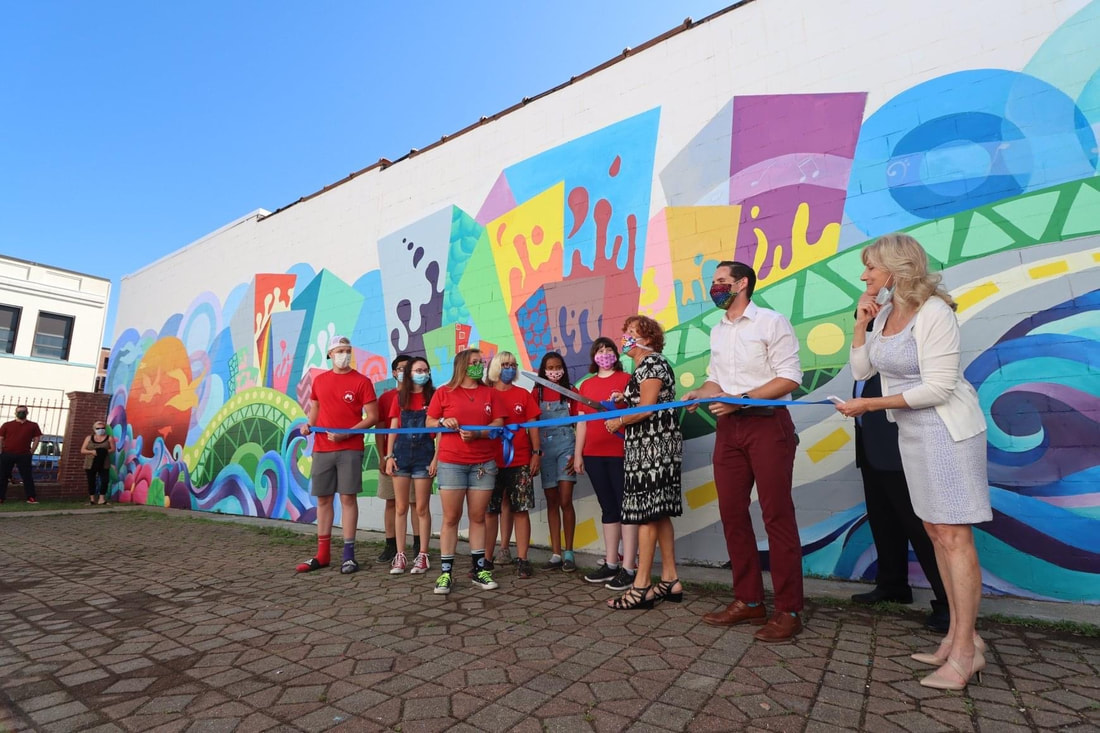
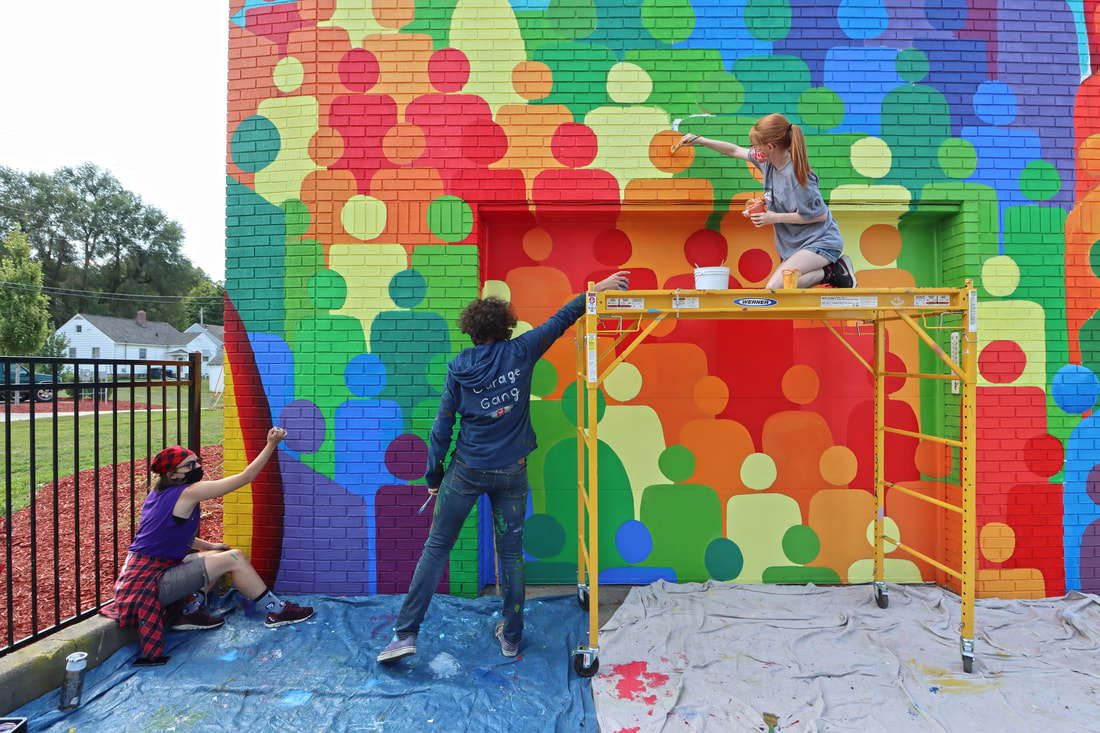
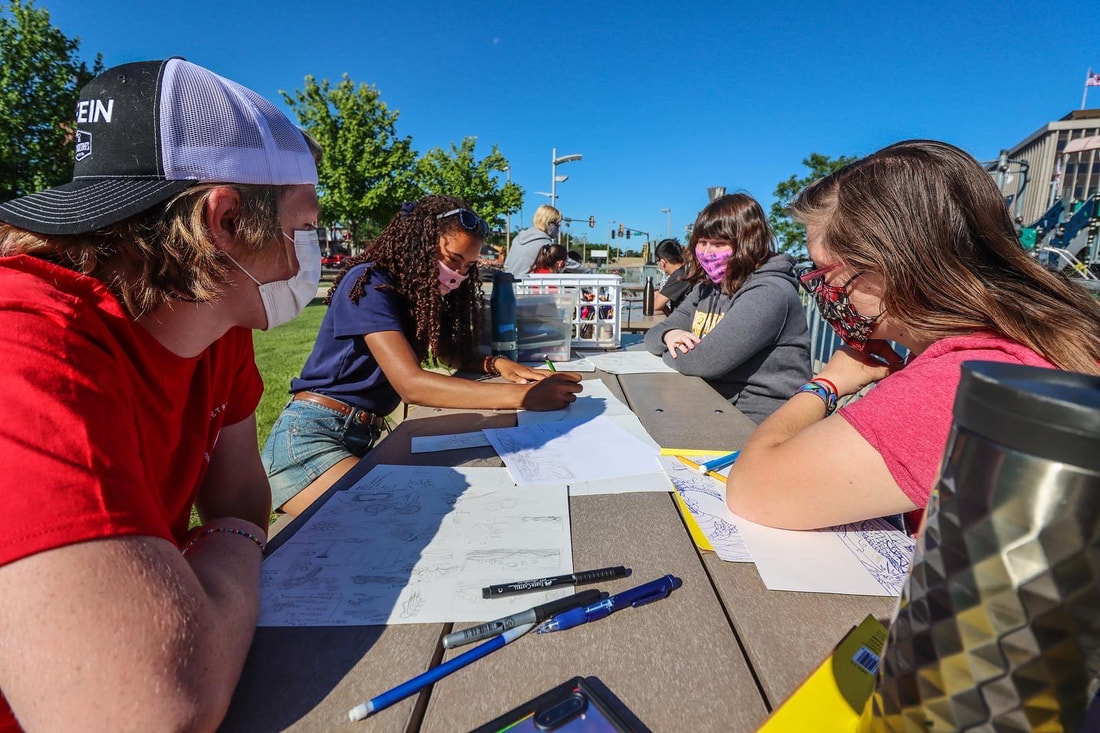
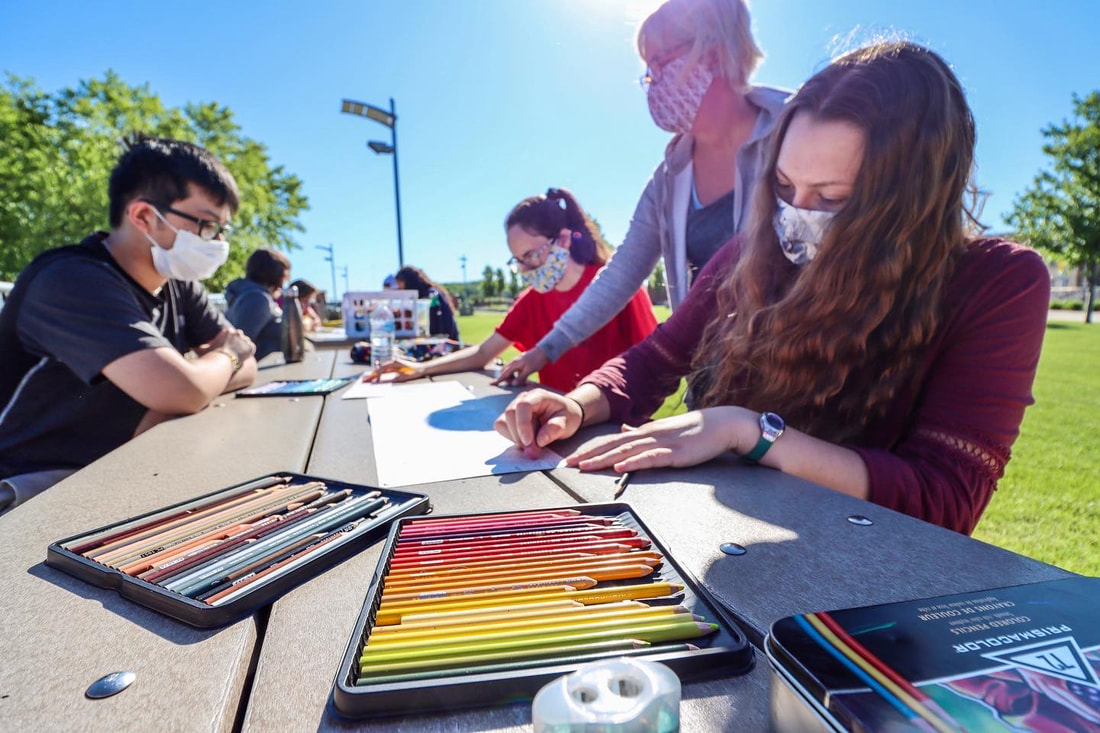
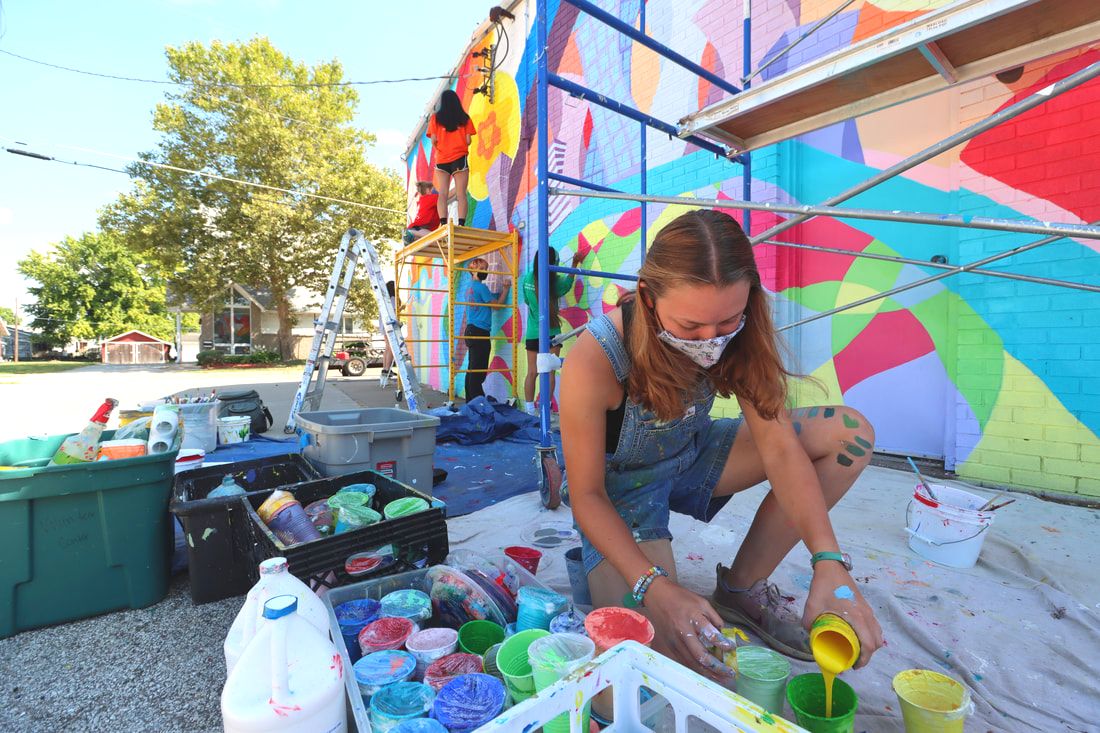
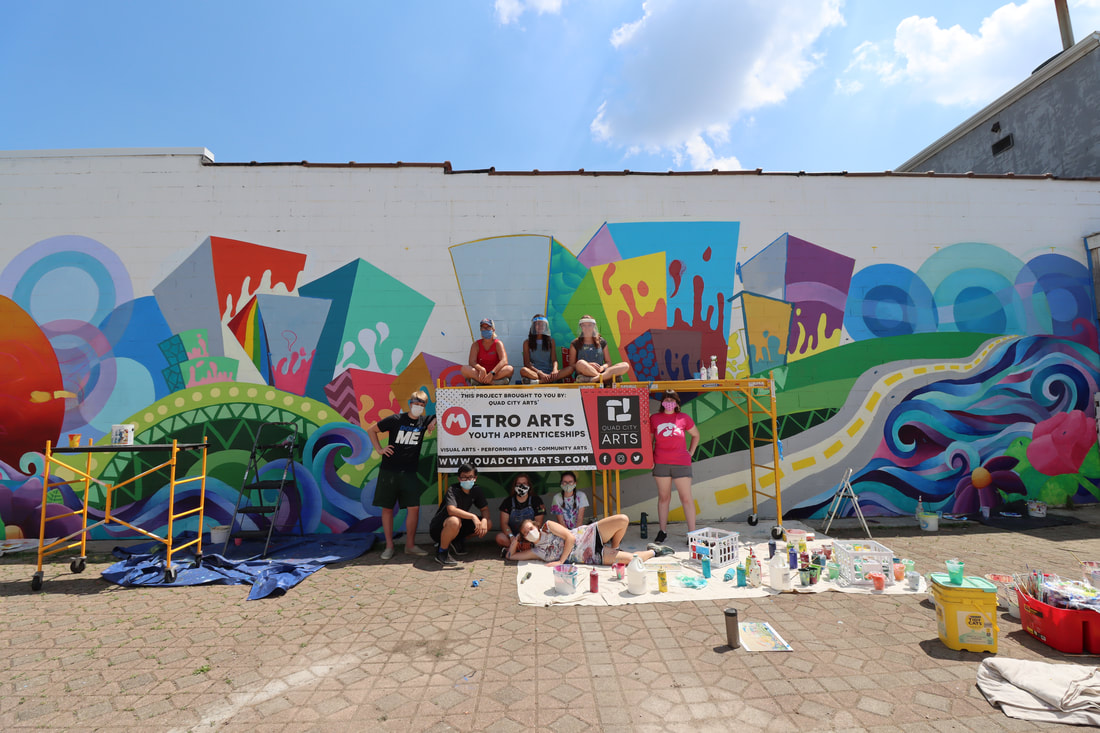

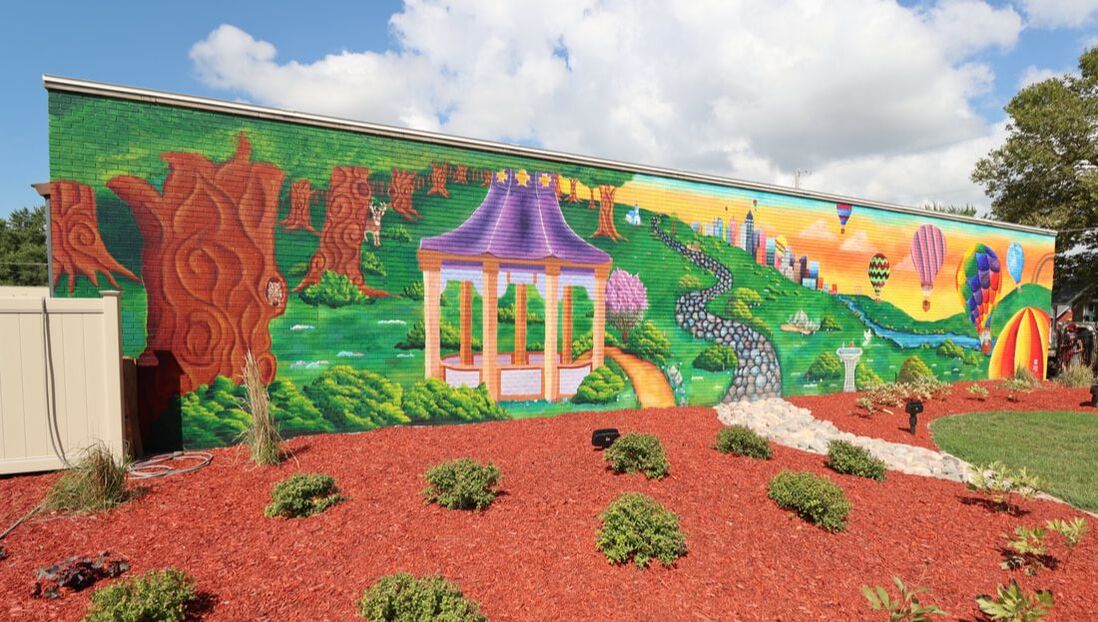
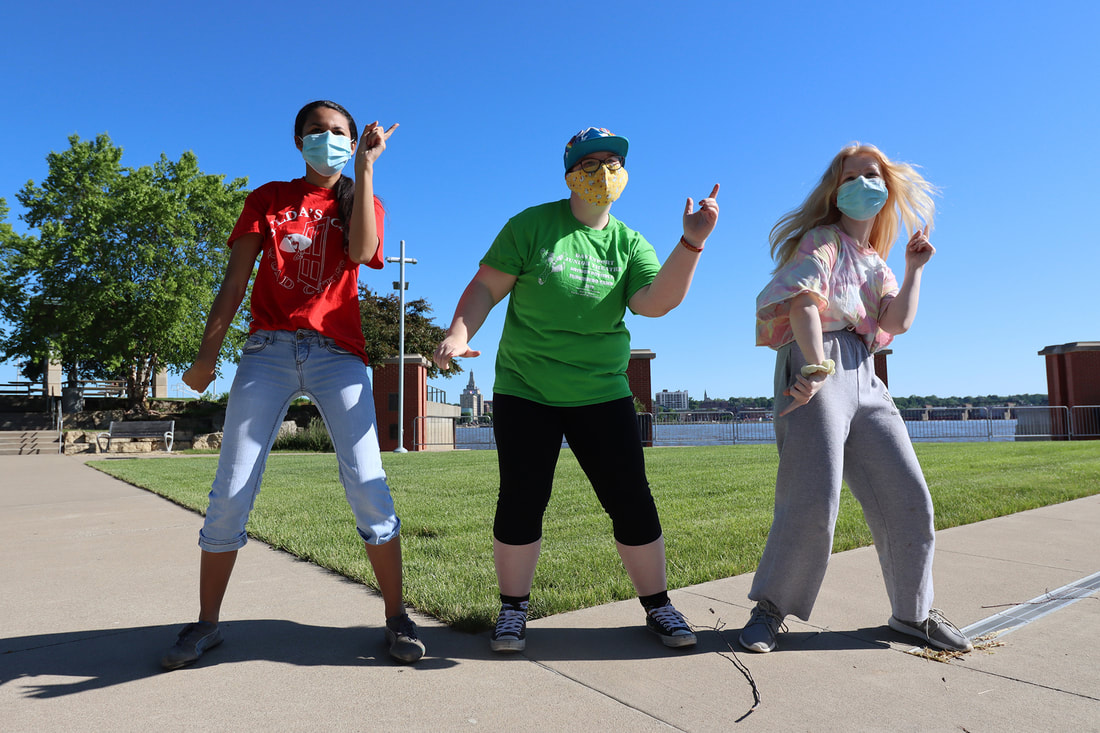
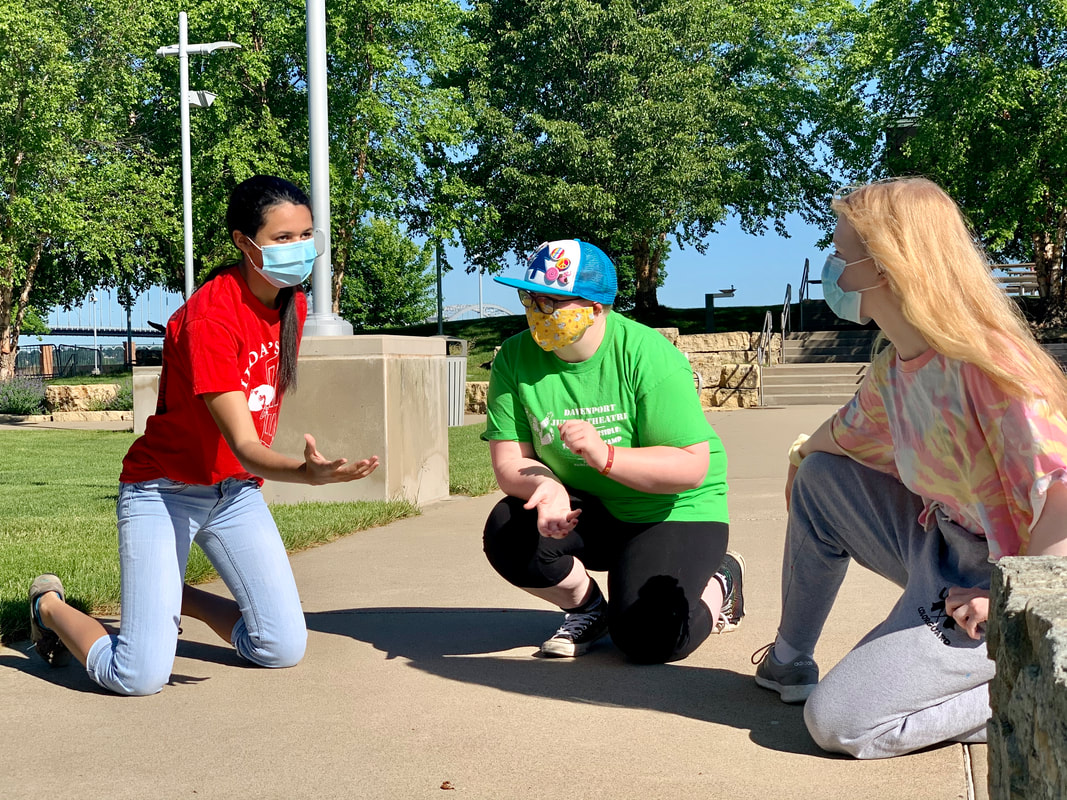
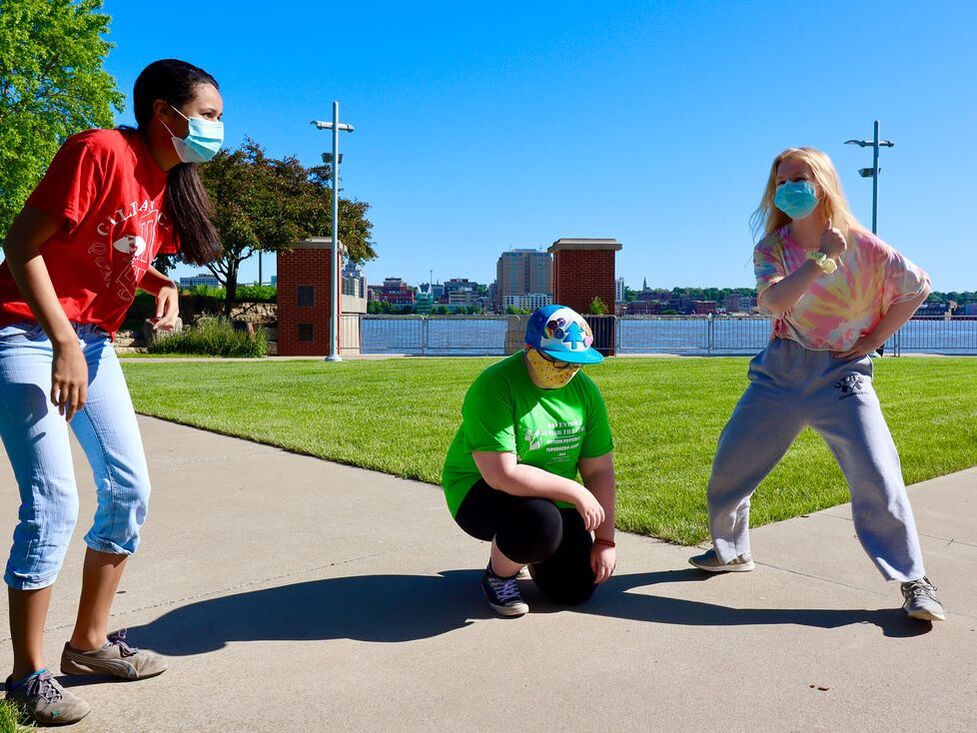
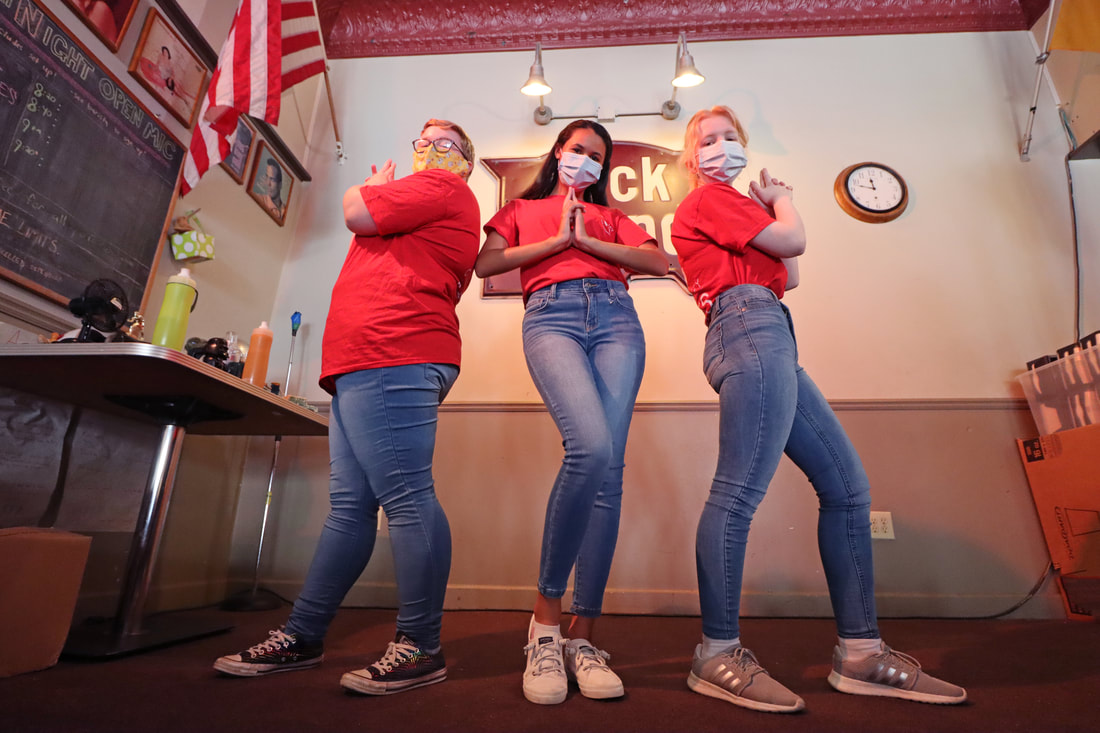
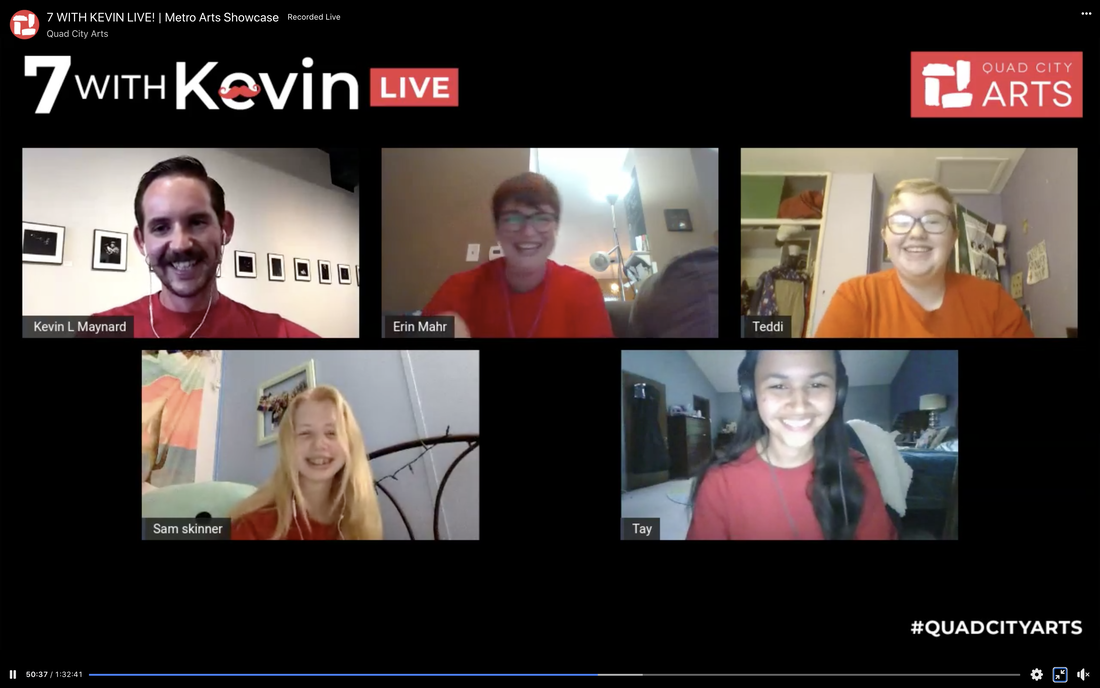
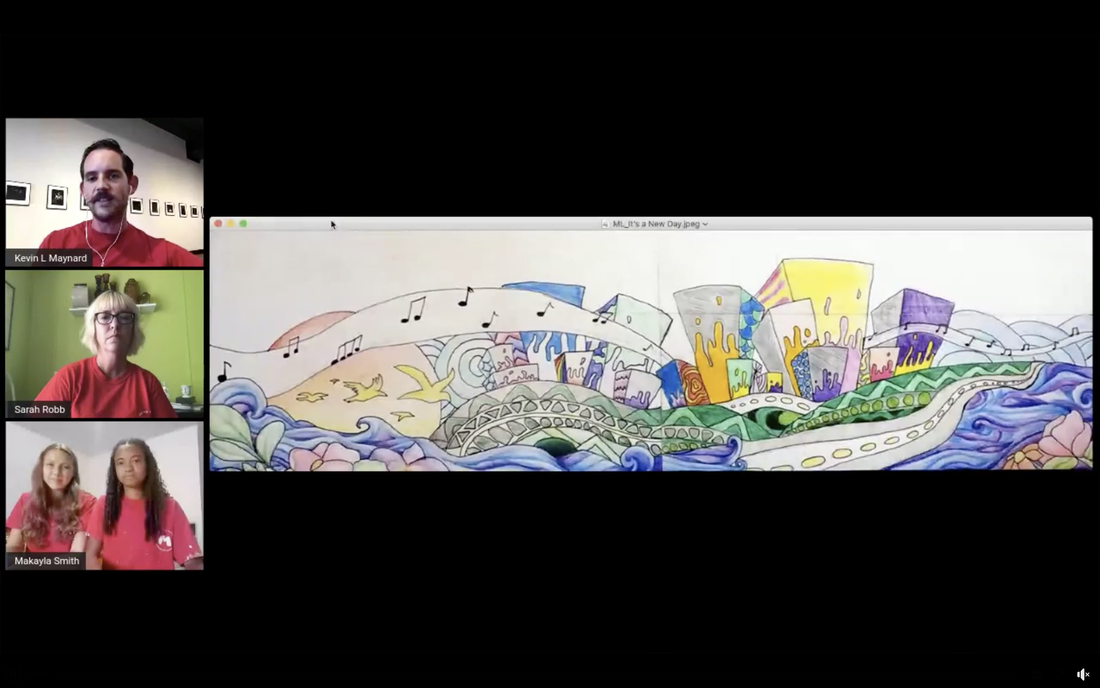
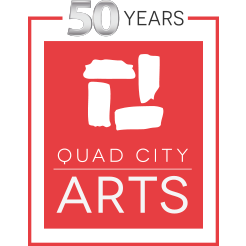



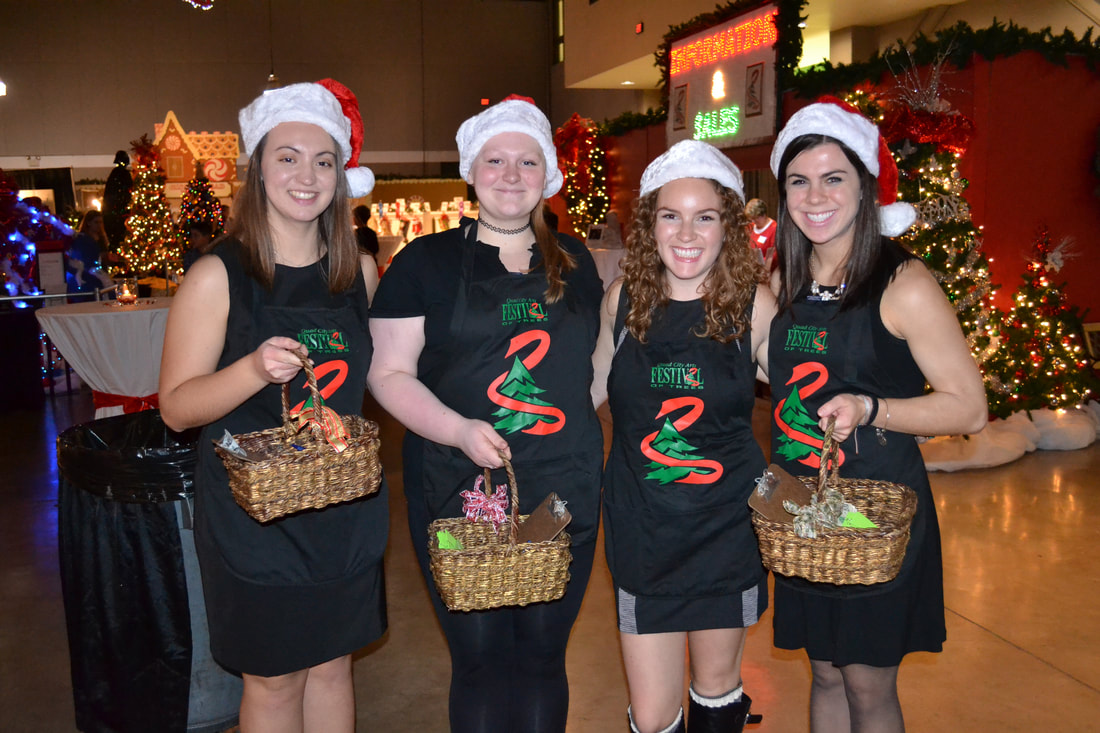
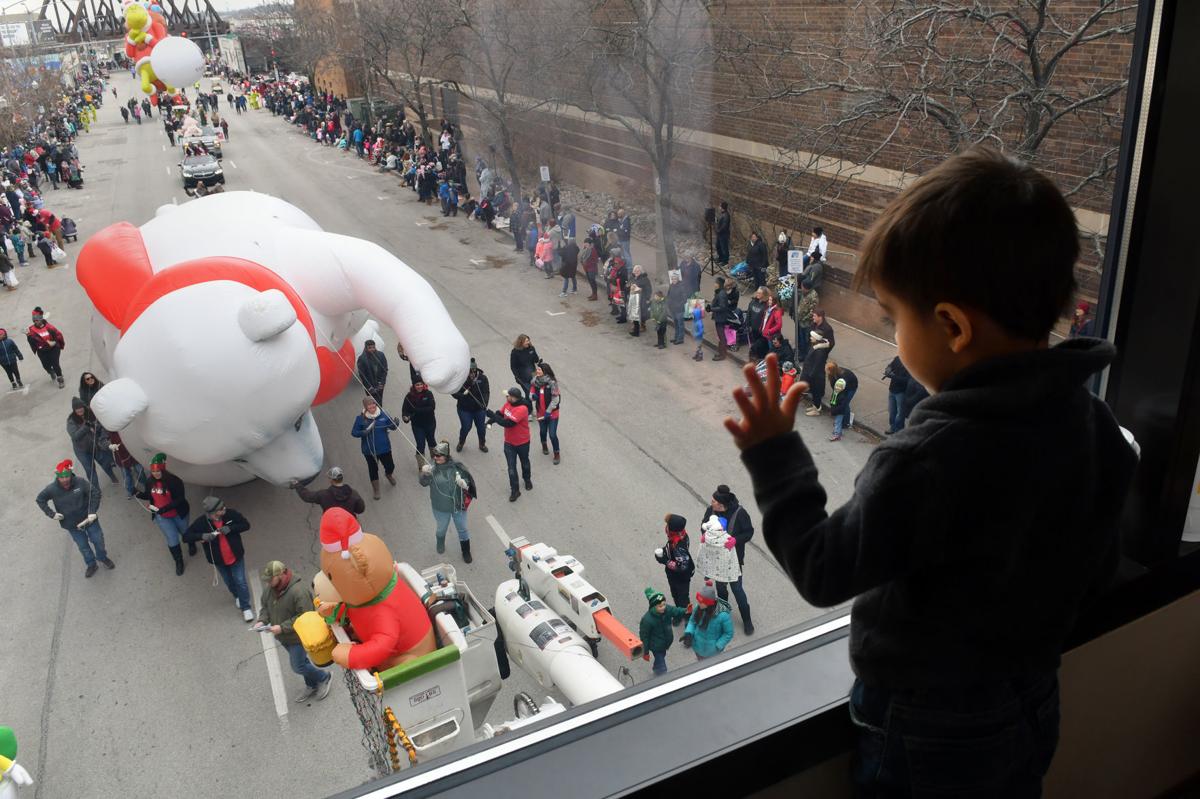
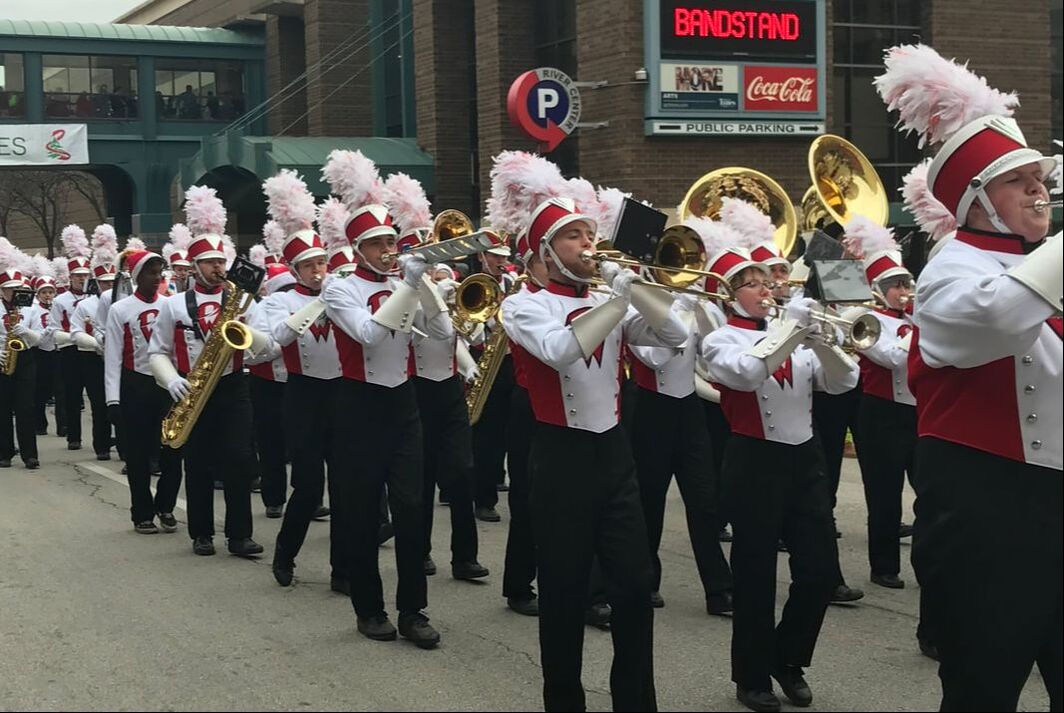
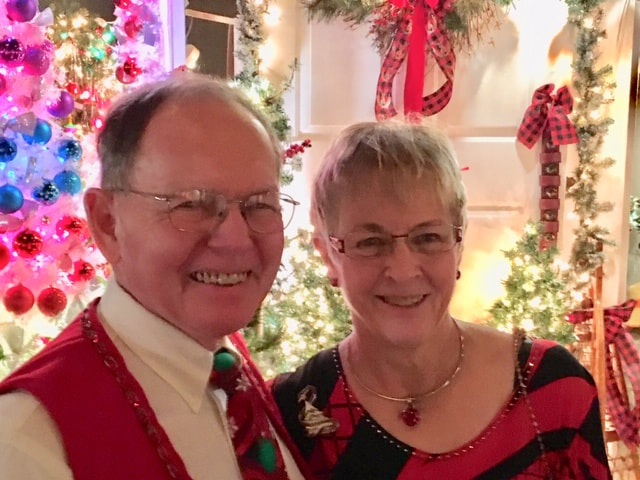
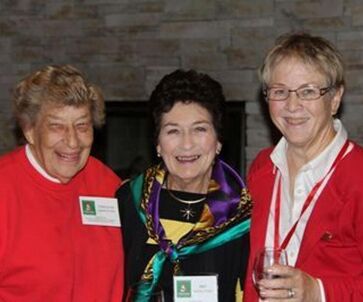
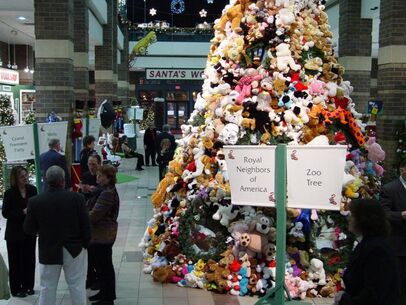
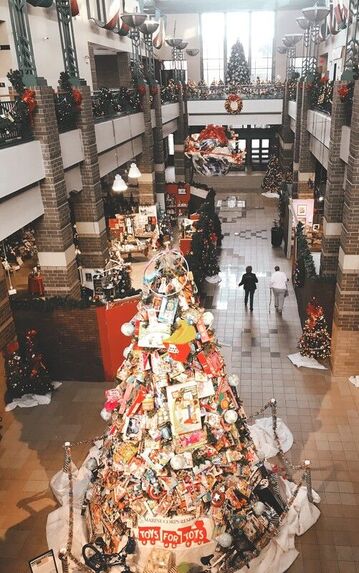
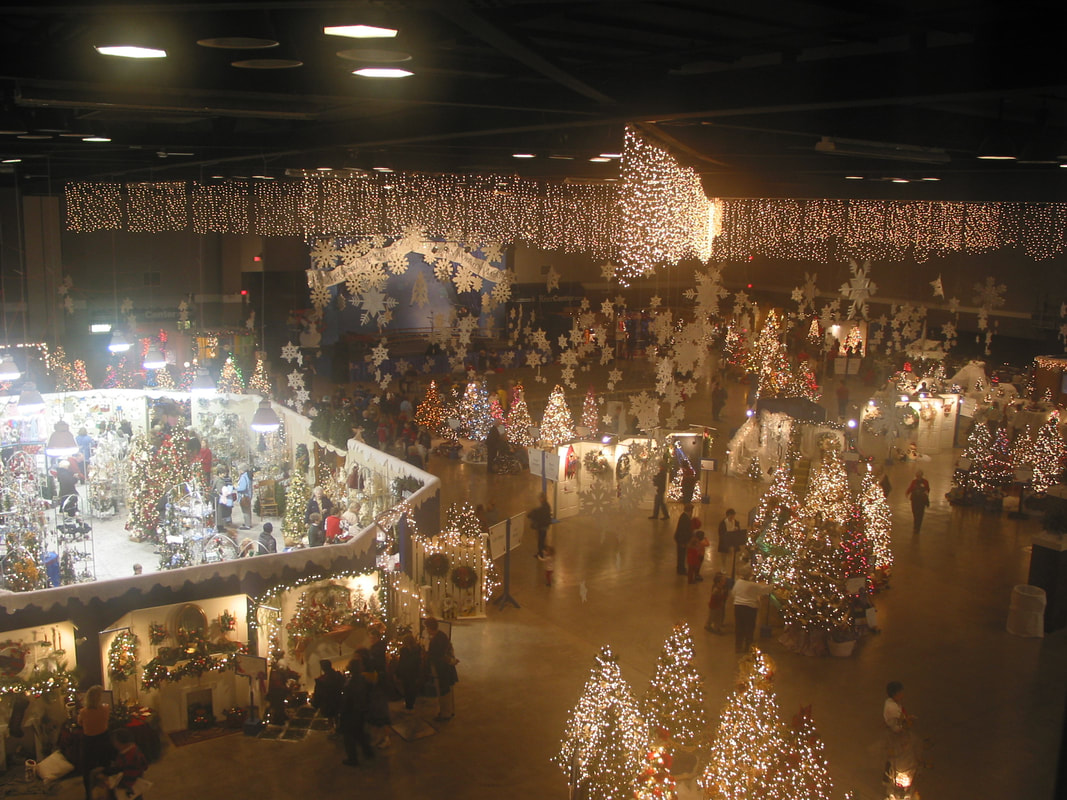
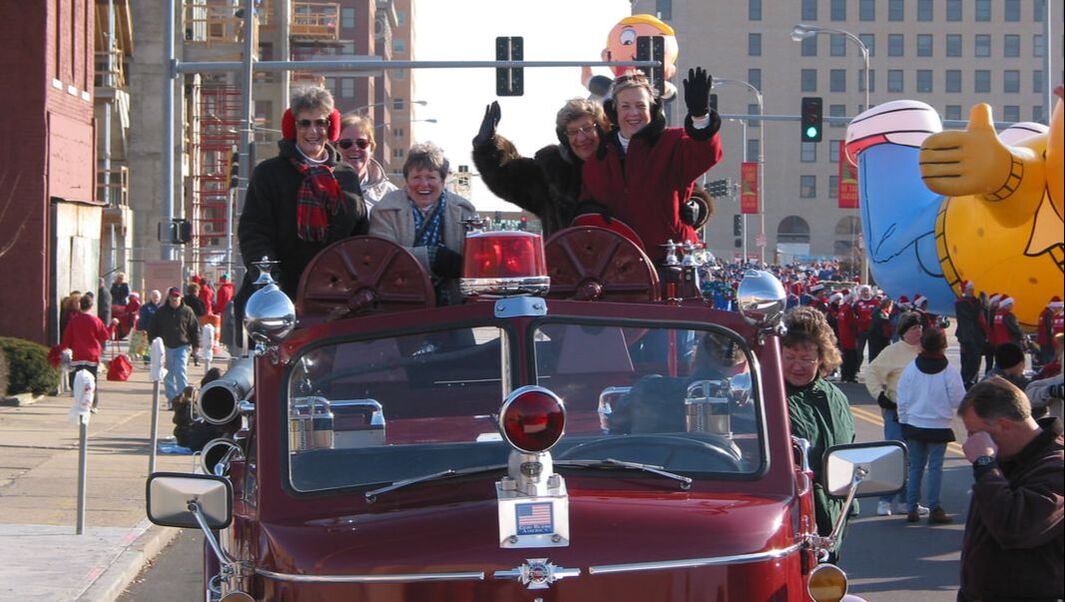
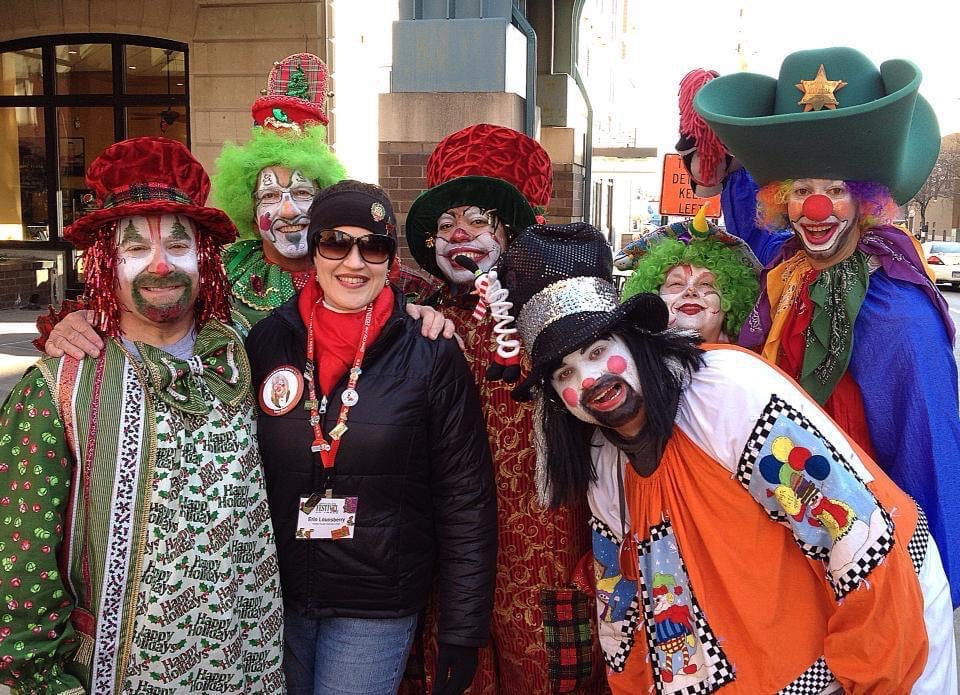
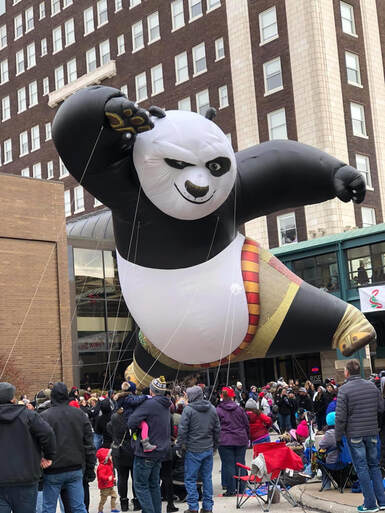
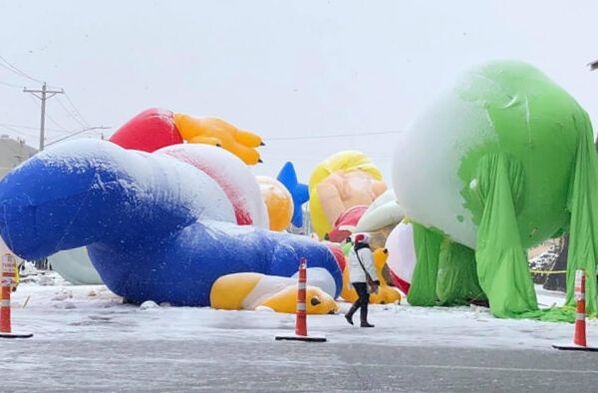
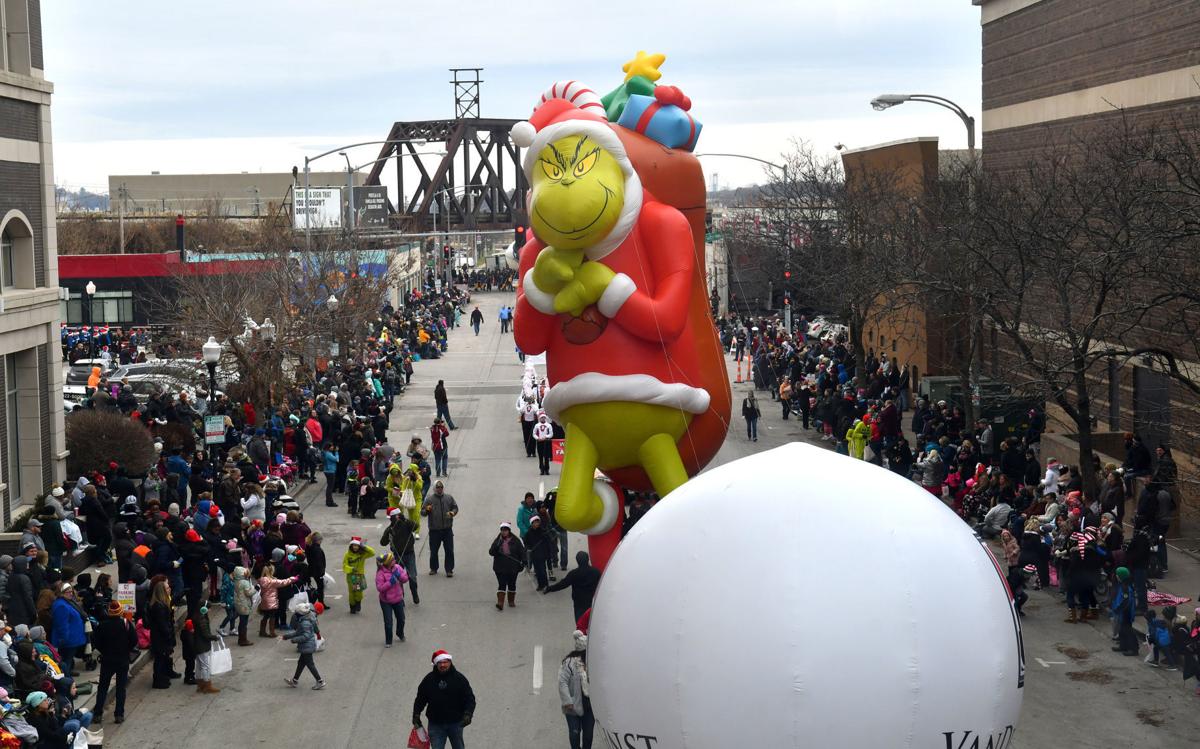
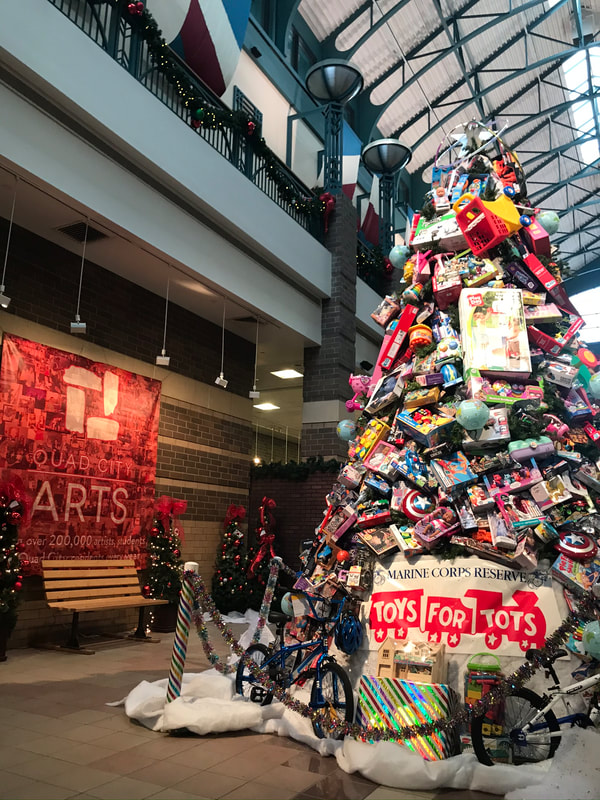
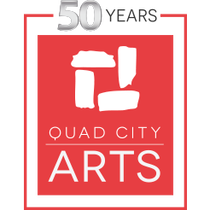
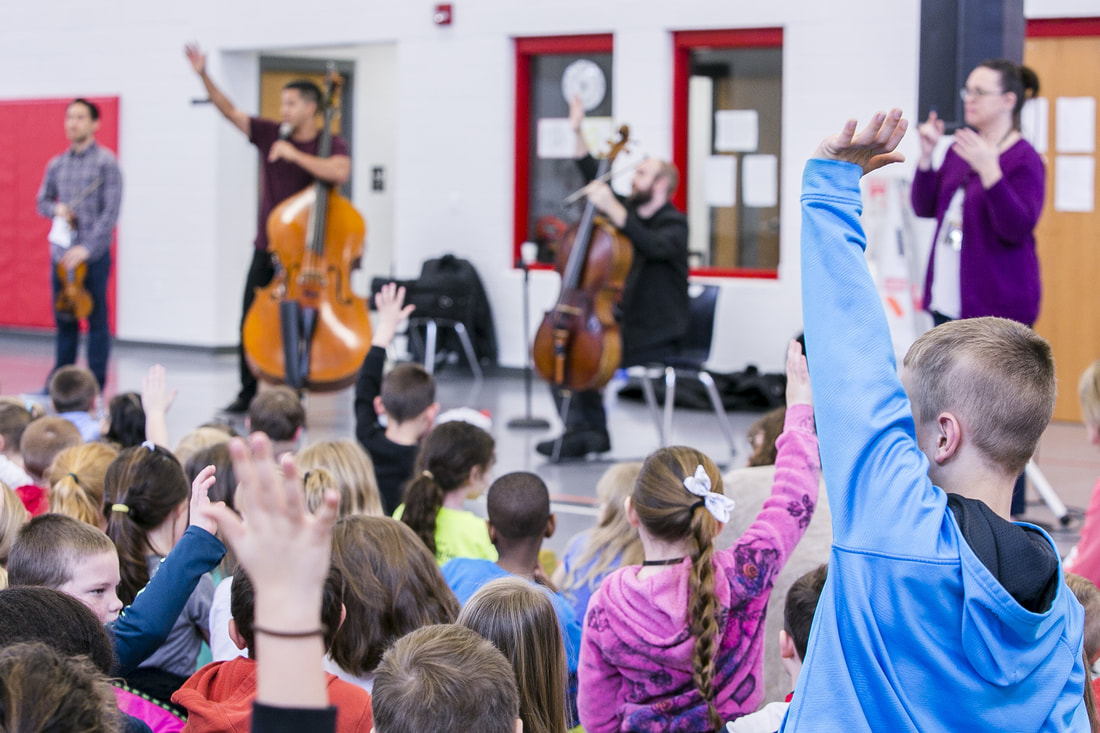
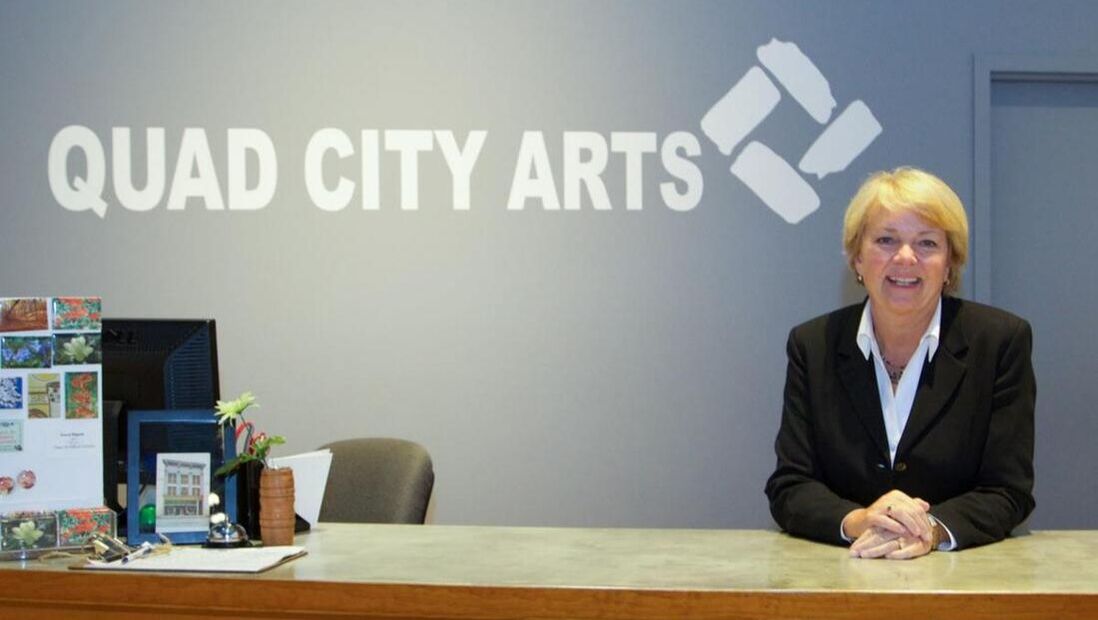
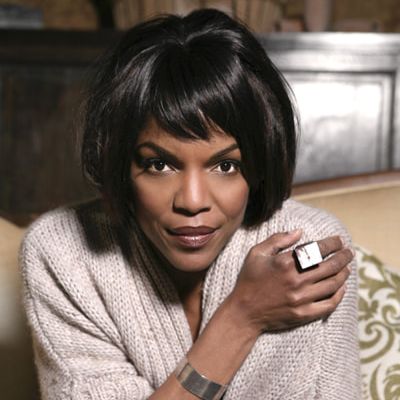
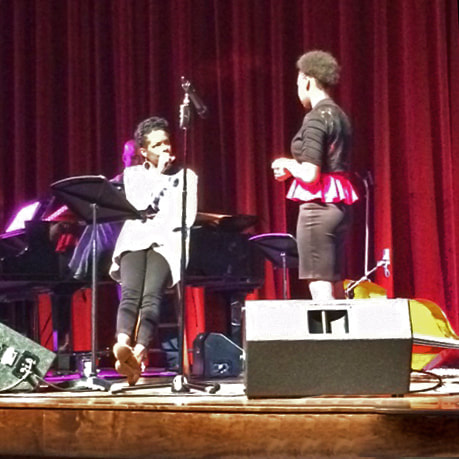
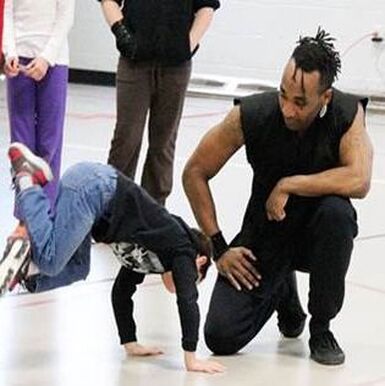
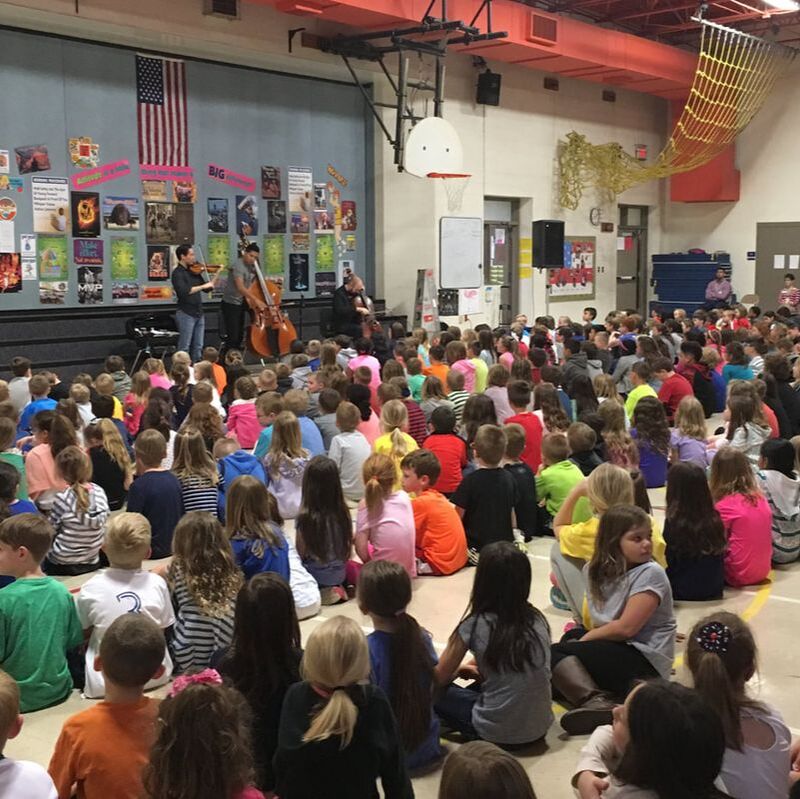
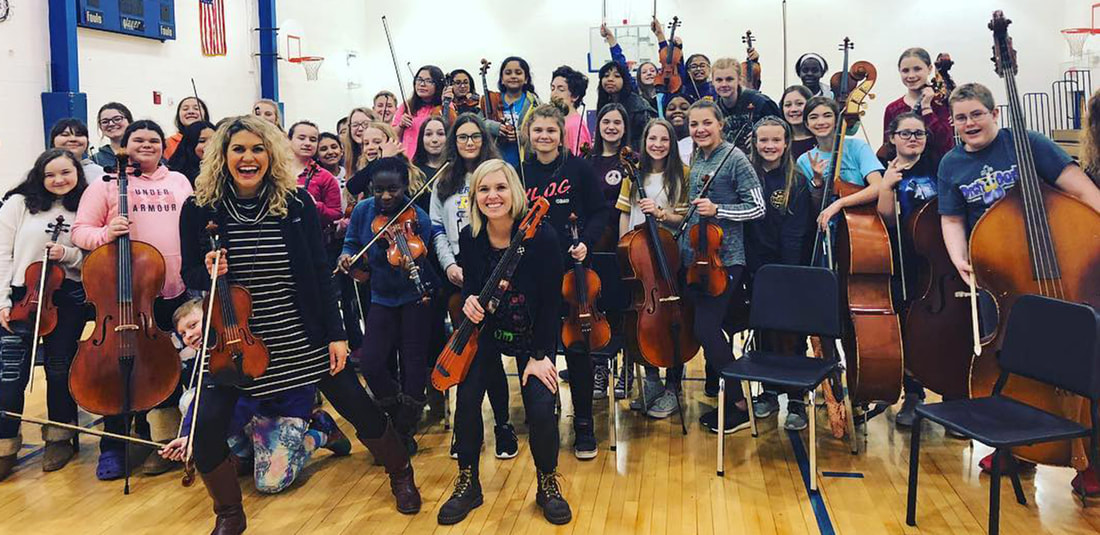
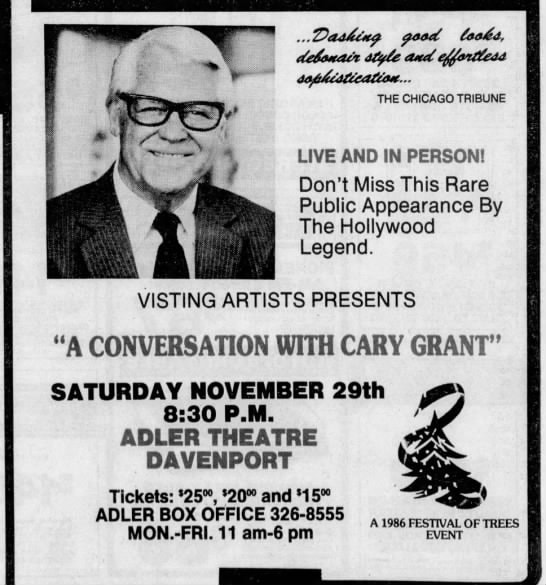
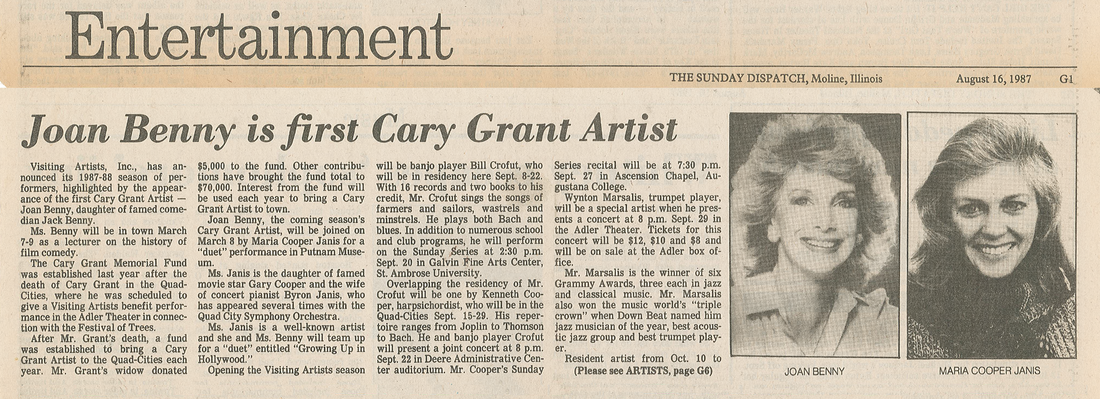
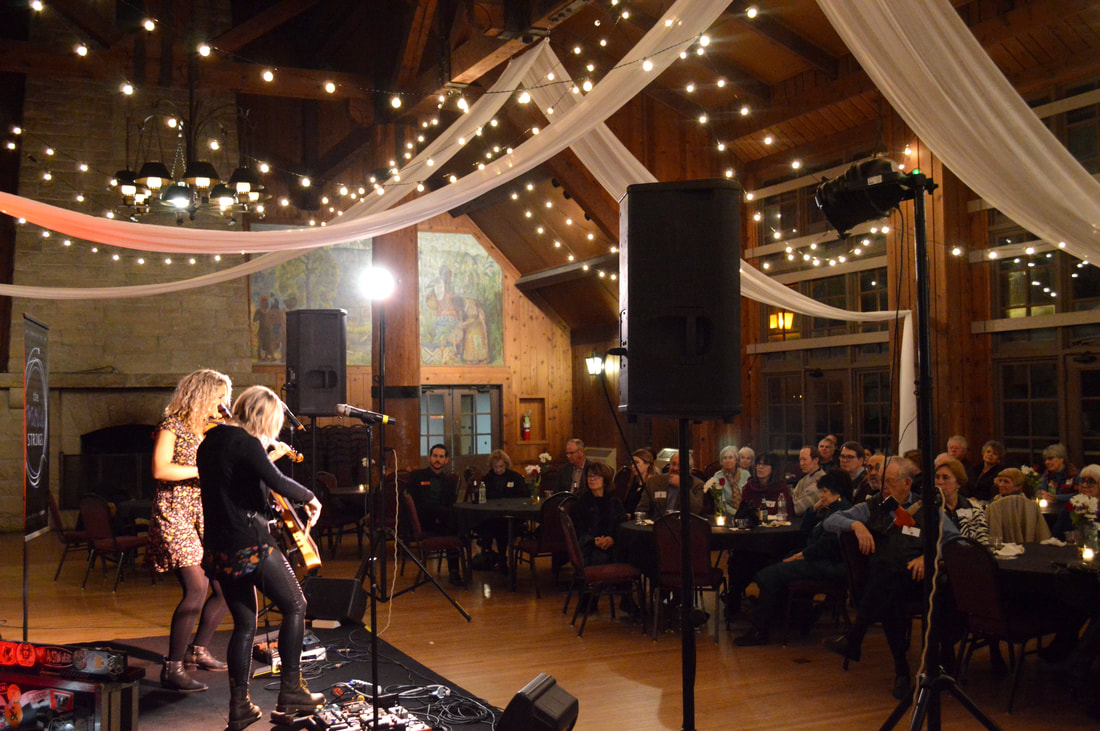
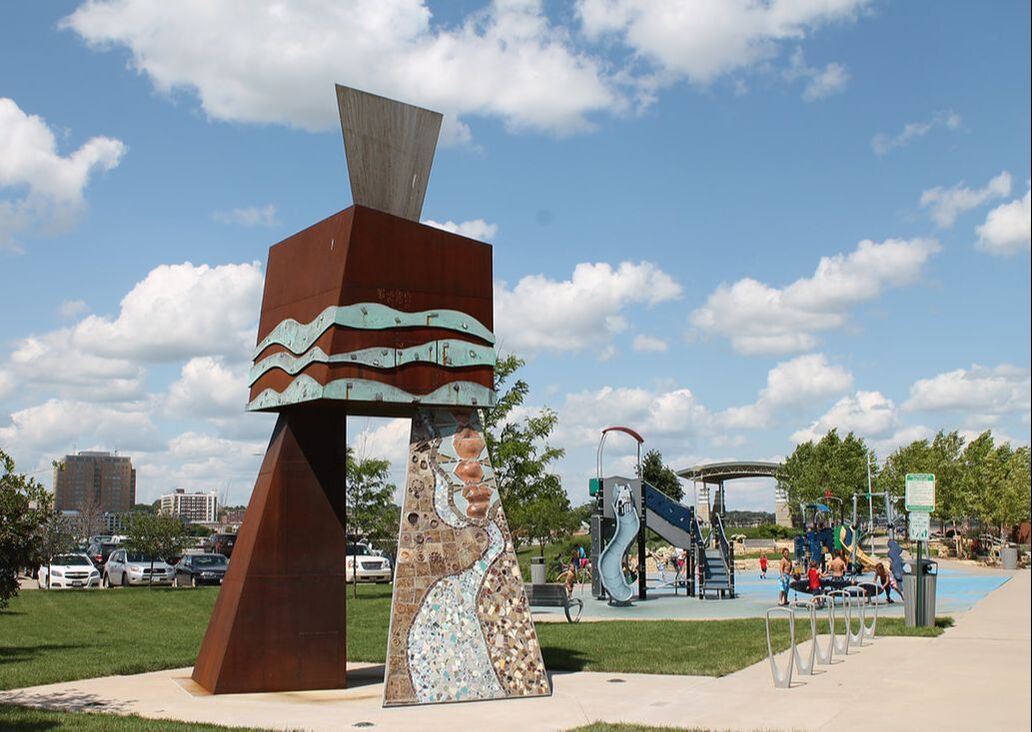
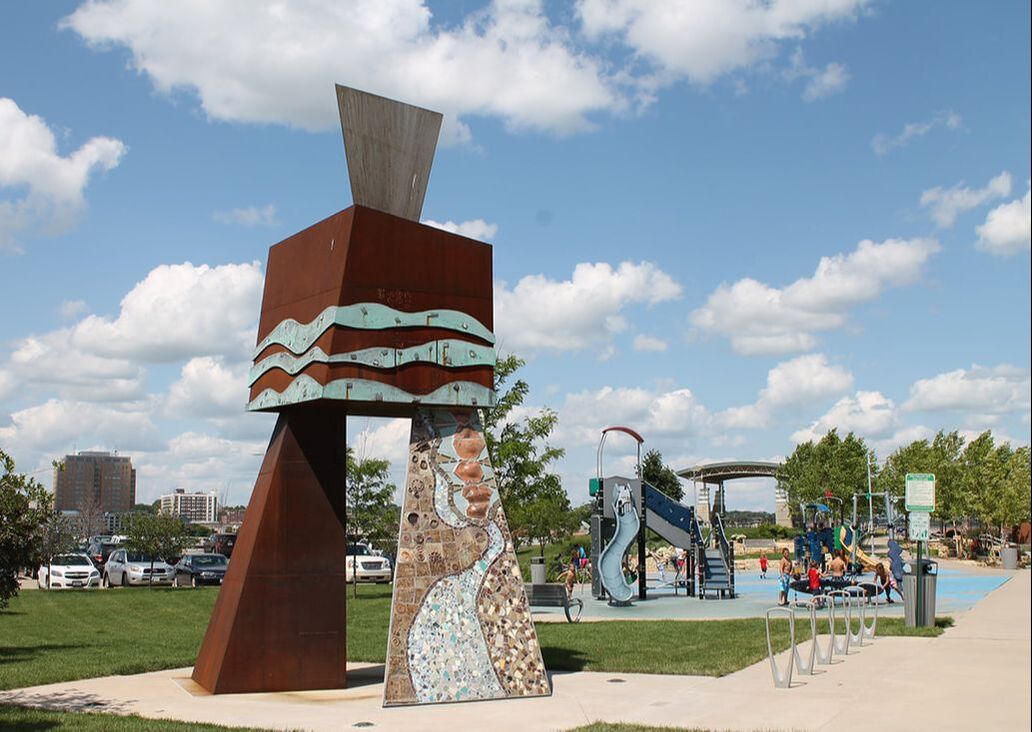
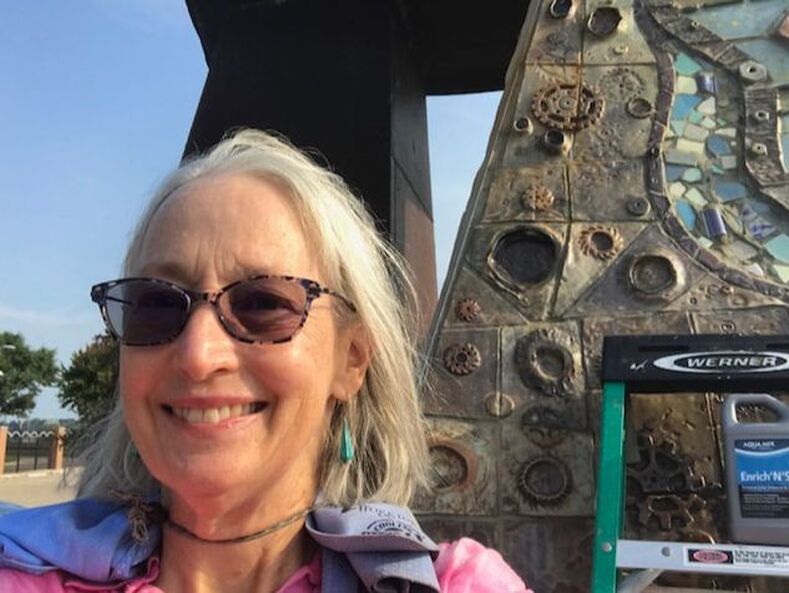
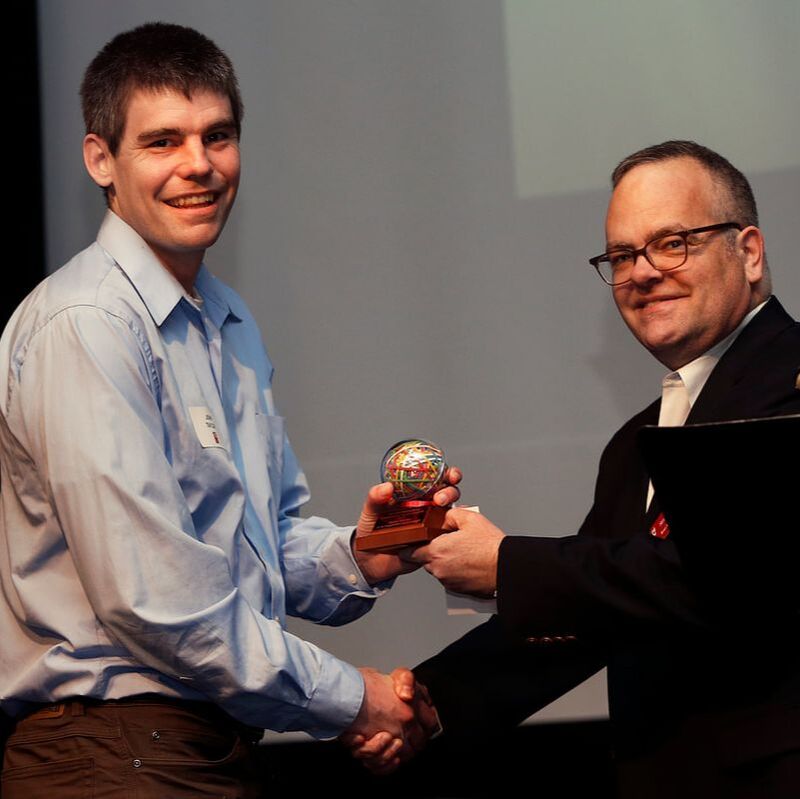
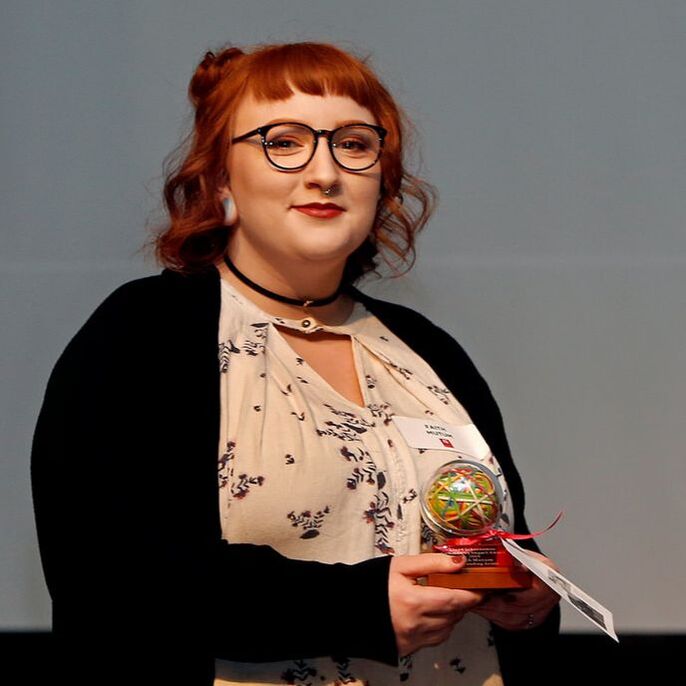
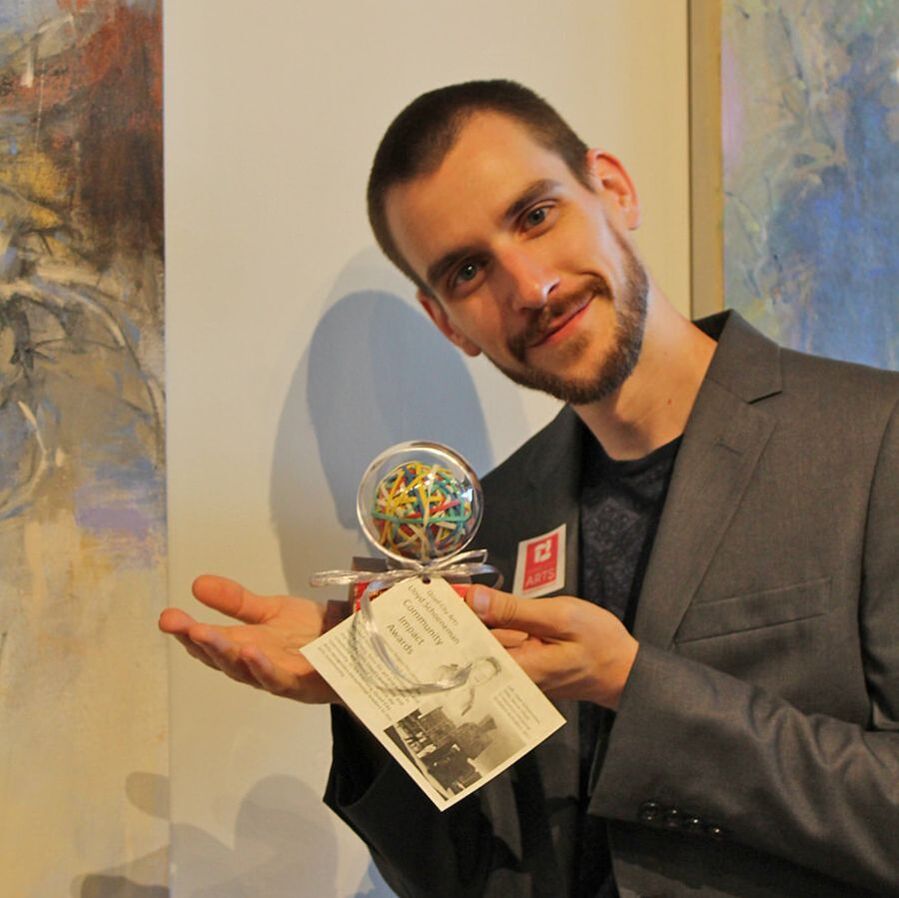
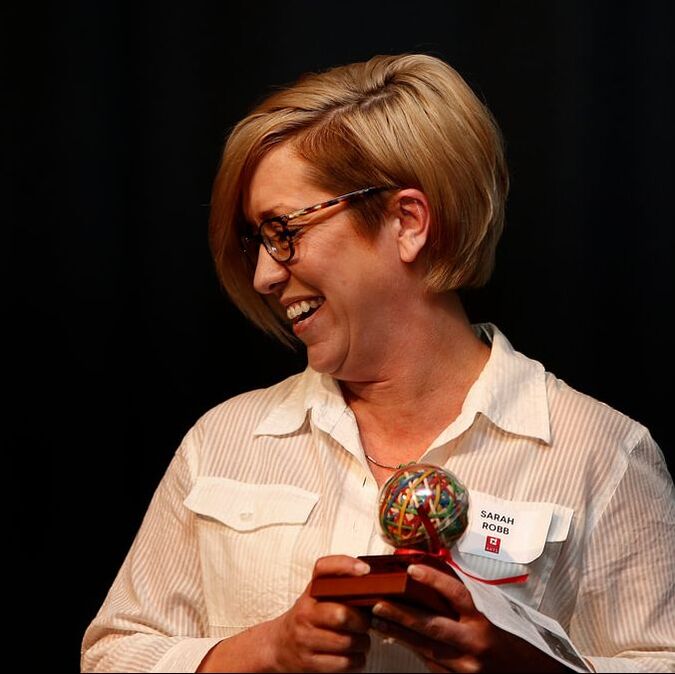
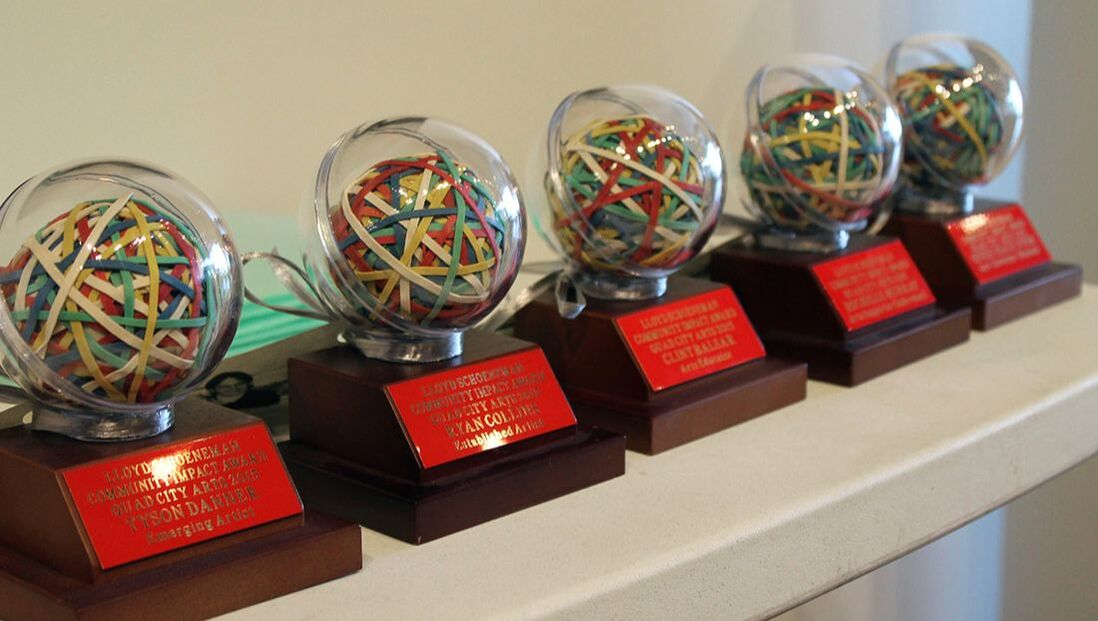
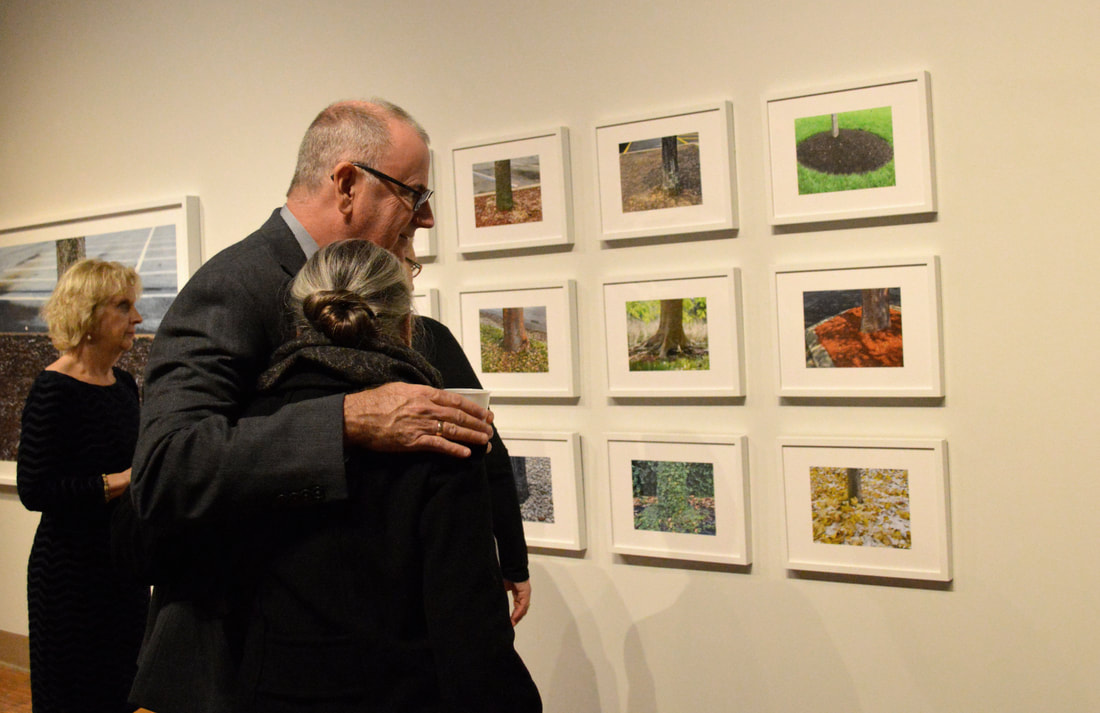

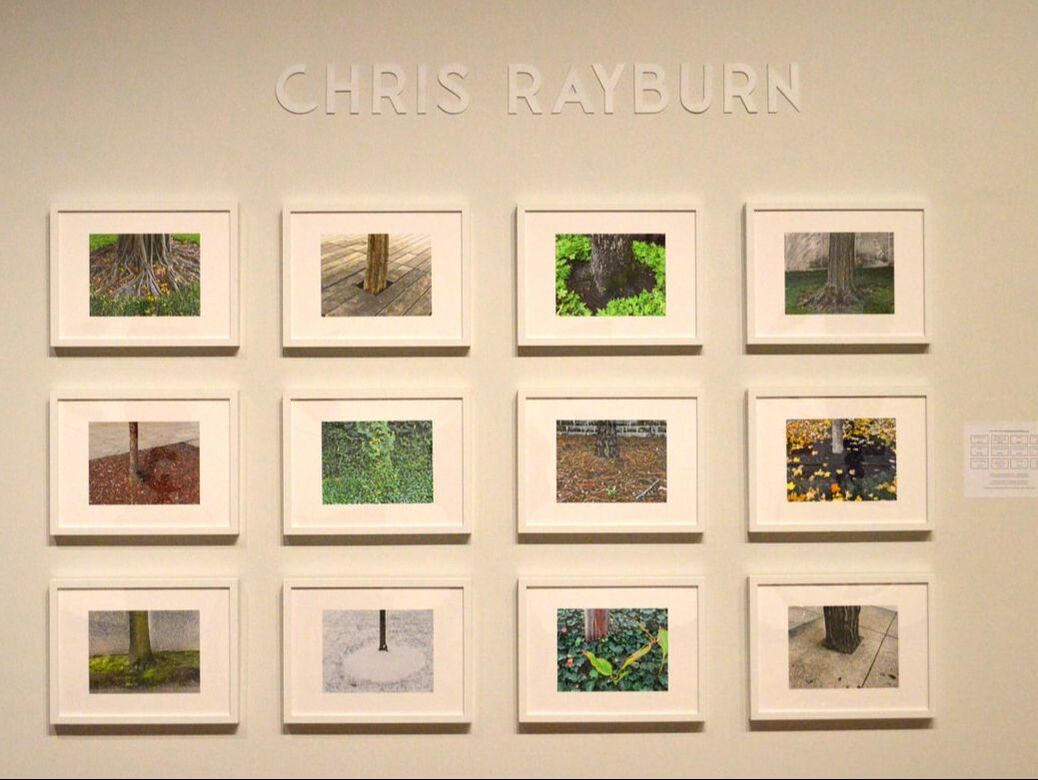
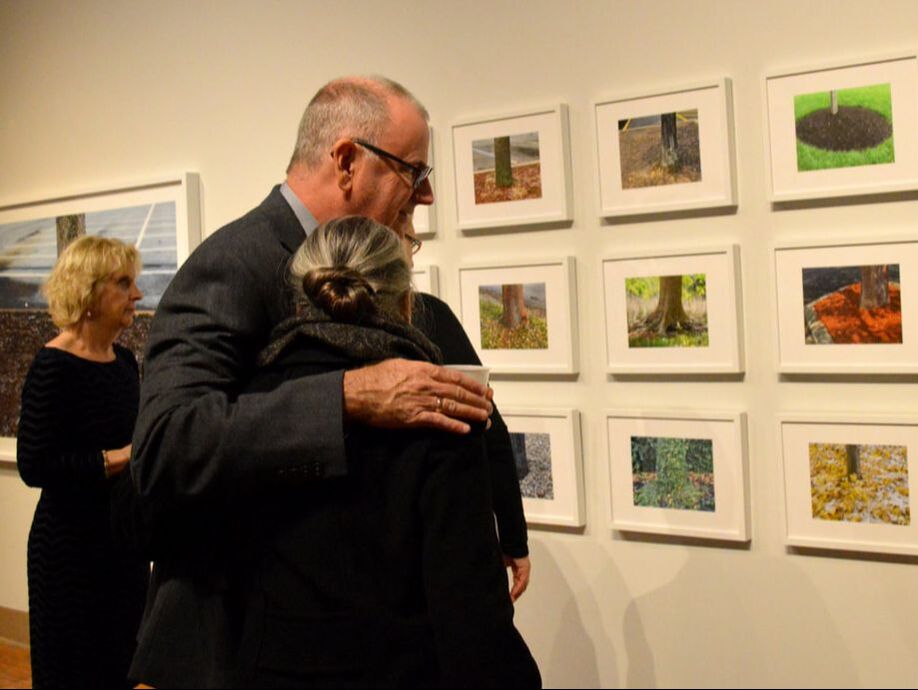
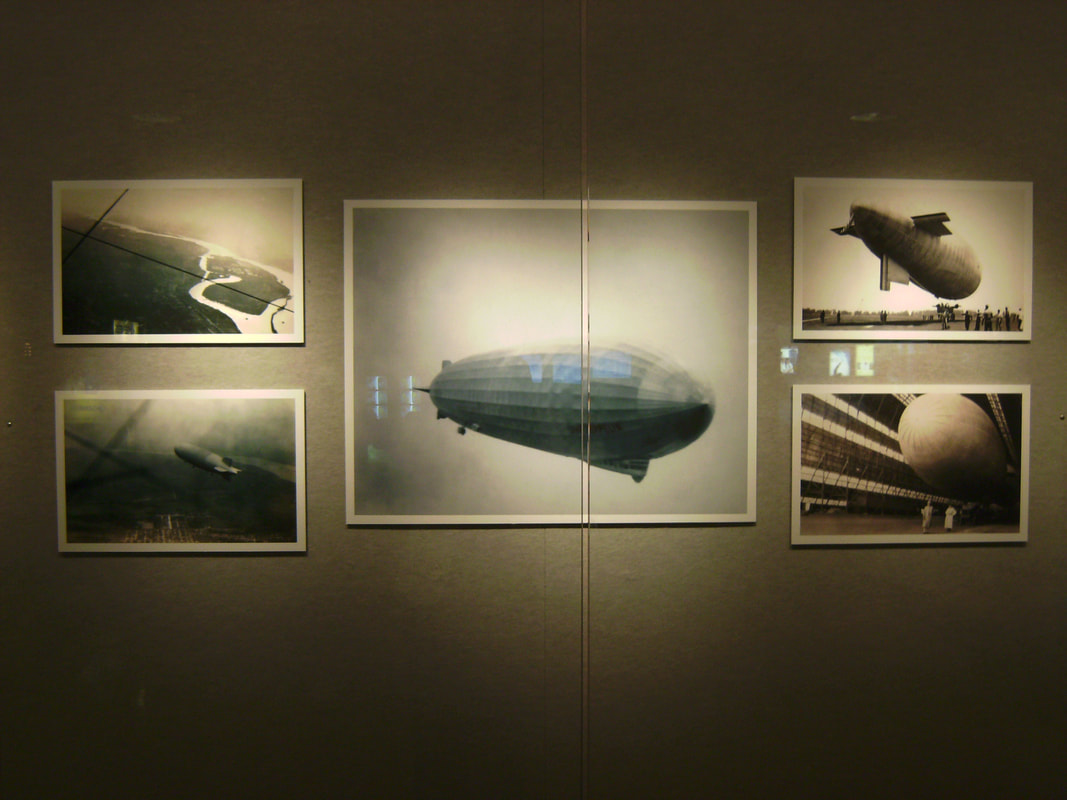
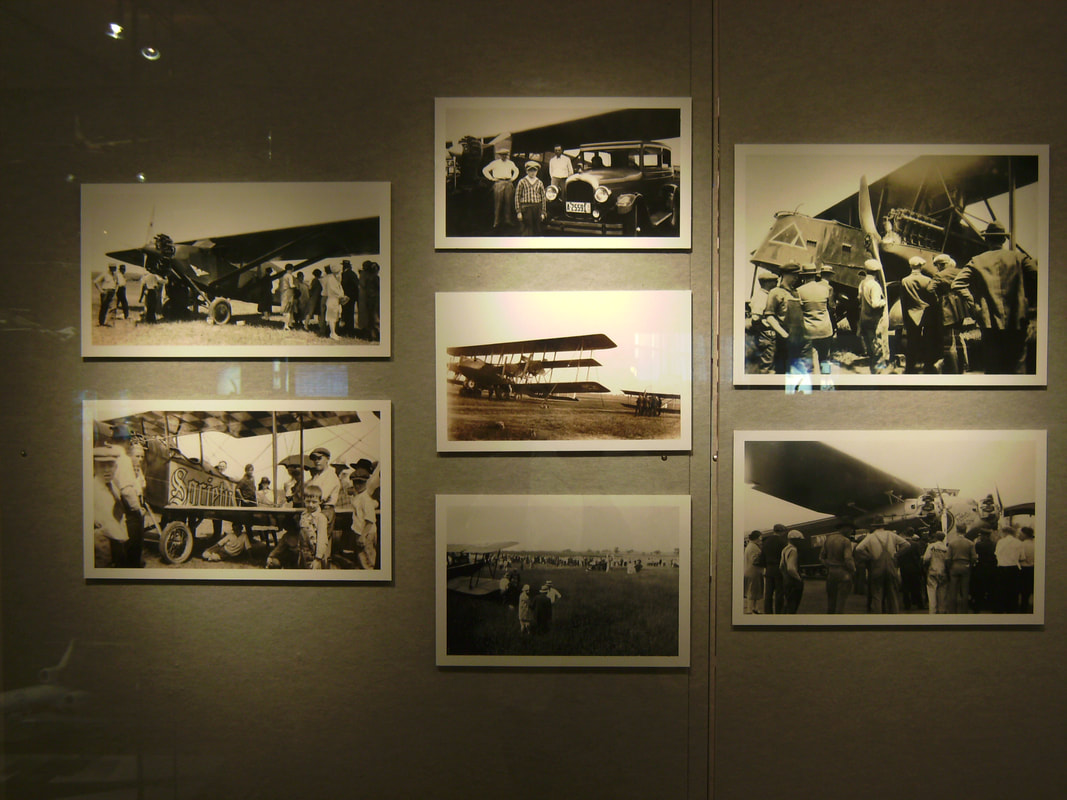
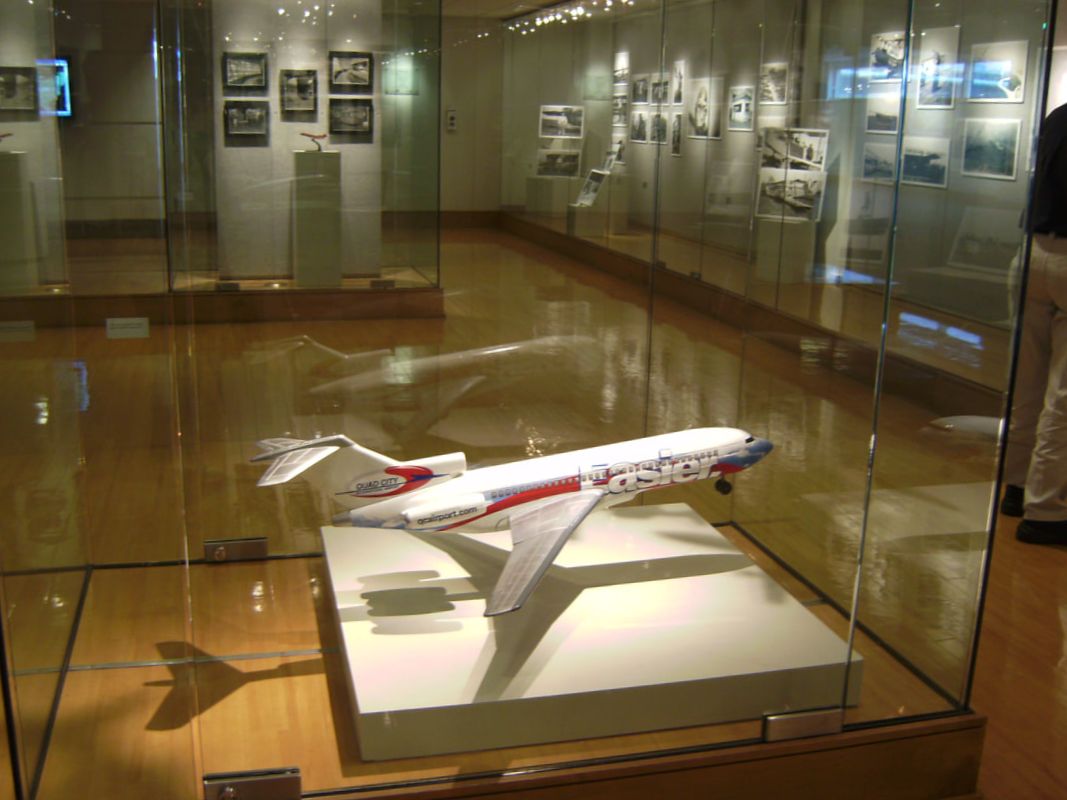
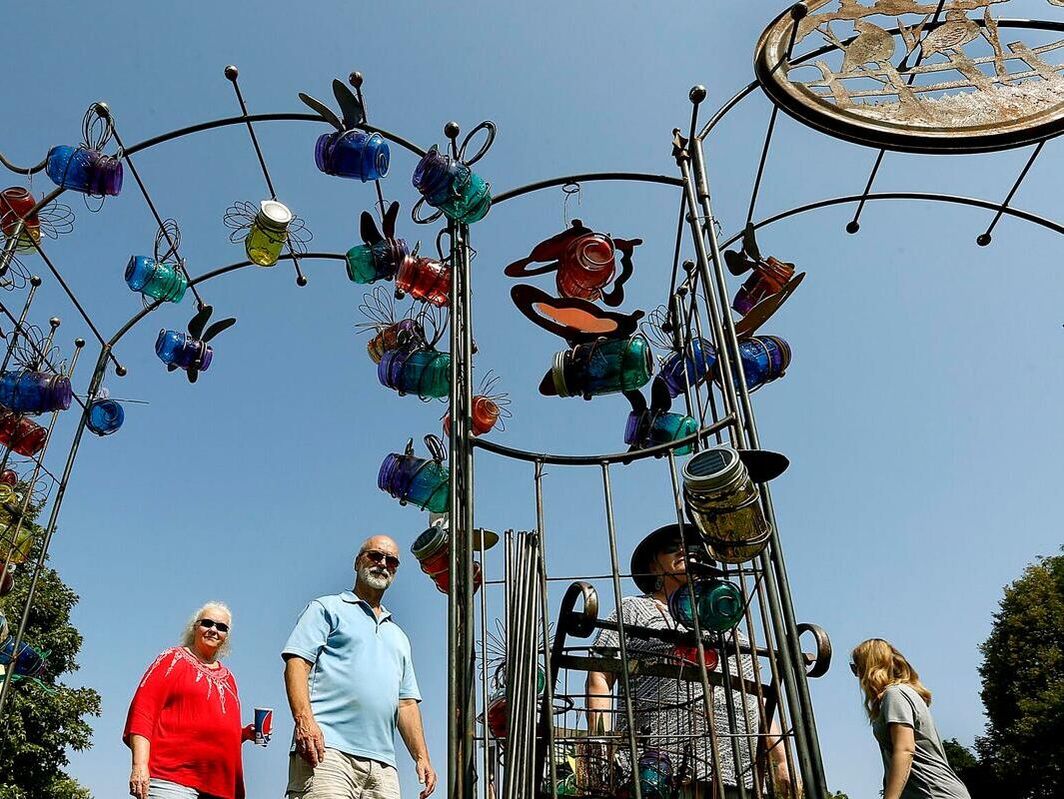
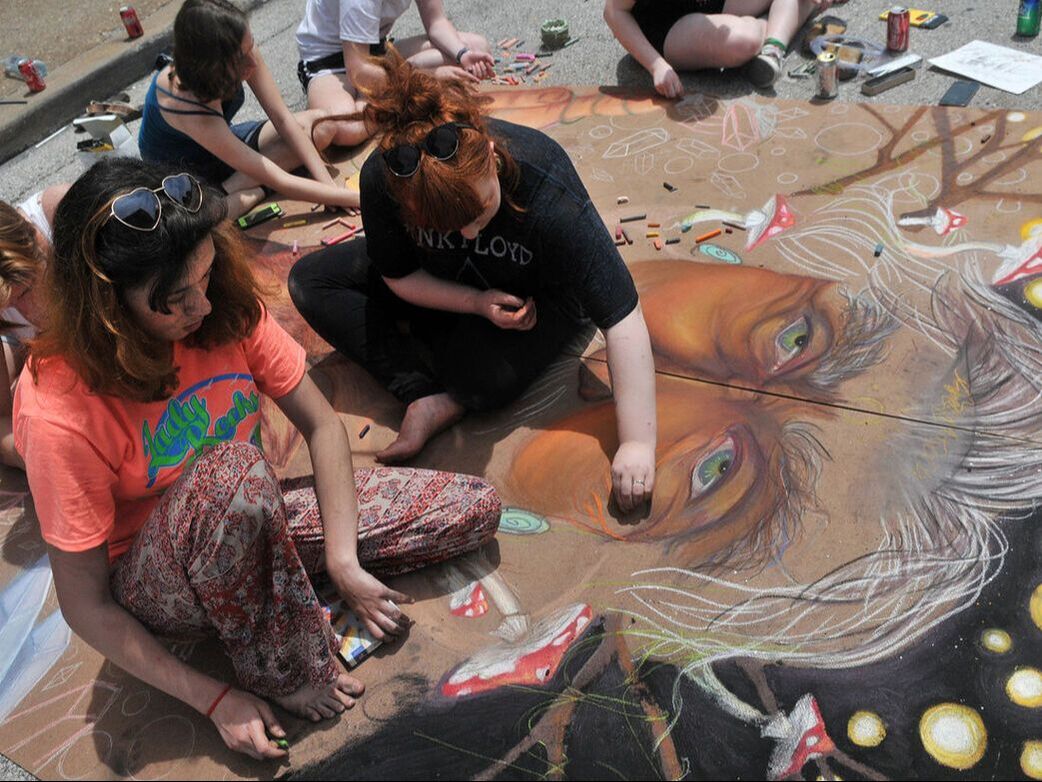
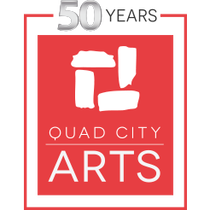
 RSS Feed
RSS Feed



